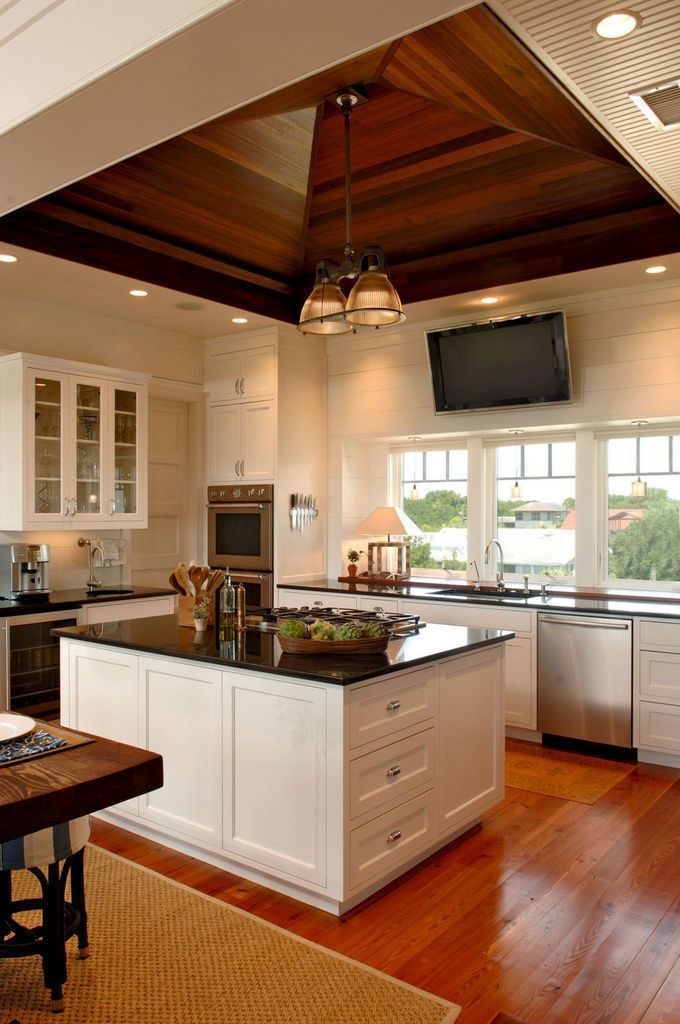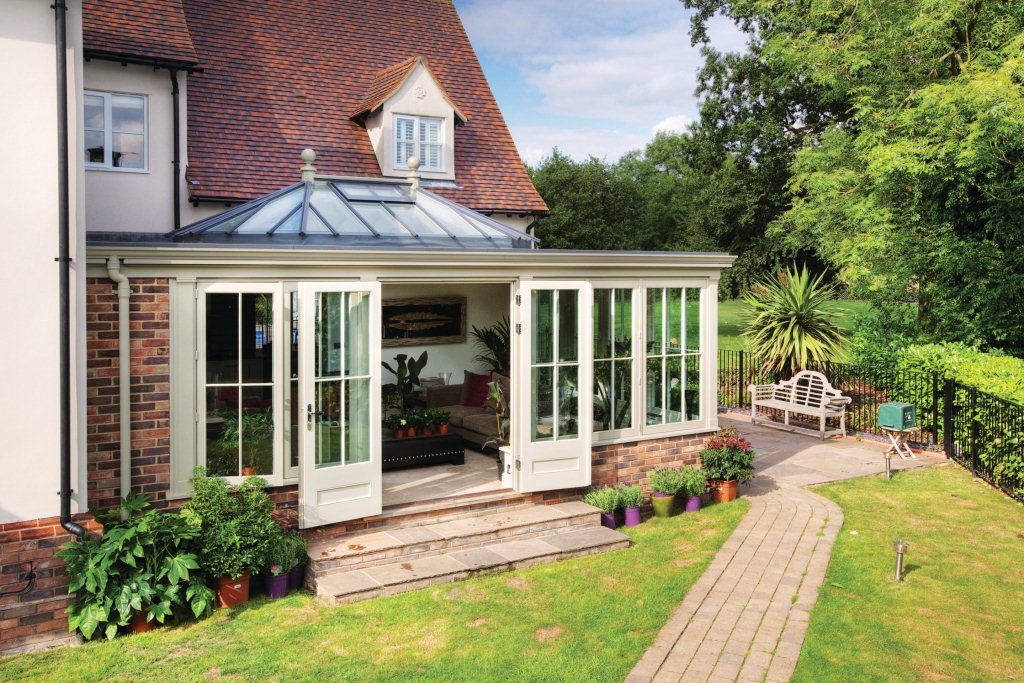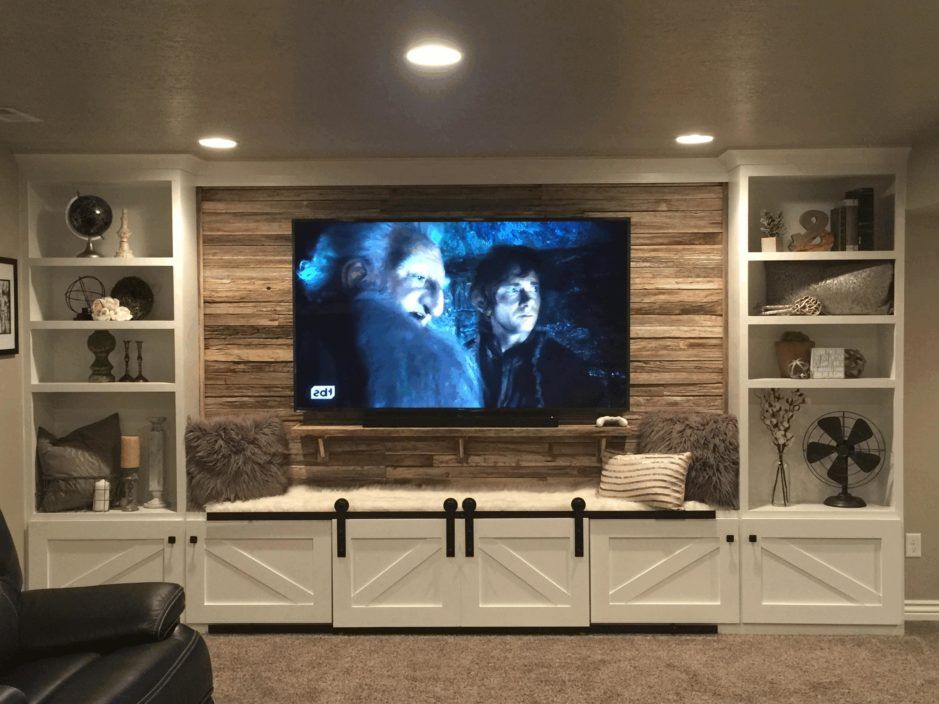Stately homes to visit
The Best Stately Homes in England You Can Visit
Jess and I both love visiting the stately homes in England. These imposing constructions were generally built to house the aristocratic families of the country, and tend to be rather grand affairs with formal rooms, impressive architecture and, depending on the whims of the owners, some form of landscaped garden.
These homes, which are generally in the country, can also be referred to as Country Houses or Country Homes, and they are where the gentry would retire to when not hanging out in the cities taking part in the social scene. Clearly, a tough life, but someone had to do it.
During the 20th century though, and for various reasons, many of Britain’s aristocratic families ended up short on funds and so weren’t able to keep these homes maintained. One of the ways around this was to open them up to the public (or sell them to a public body), which means that today a great many of England’s finest homes and palaces are open for touring.
Some of these are still privately owned, whilst others have been given to national organisations such as the National Trust and English Heritage for ongoing maintenance and upkeep.
In today’s post, I want to share with you ten of my favourite stately homes that you can visit in England. Note that this doesn’t include major Royal Palaces like Windsor or Hampton Court – that’s going to be a whole post of its own!
I’m also just sticking to England for this one. As you can imagine, there were hundreds to choose from across the country, but I feel that each of the ten options in this post is well deserving of its title as one of the:
Table of ContentsBest Stately Homes in England to Visit
1. Blenheim Palace
Blenheim is the only property in Britain which carries the title “Palace”, but is not Royal. Instead, it’s the principal residence of the Dukes of Marlborough (the family still lives on site), and is both a UNESCO World Heritage Site, and one of the largest houses in England.
It’s also notable as being the birthplace of Sir Winston Churchill, and is the ancestral home of the Churchill family.
The house and grounds today are open to the public, and are a truly grand place to visit. You could easily spend a full day here, picnicking by the lake, enjoying the English Baroque architecture, touring the Winston Churchill exhibit (he also proposed to his wife on the grounds) as well as taking in the gloriously opulent state rooms and wandering the park and gardens which in their current form were designed by renowned landscape gardener Capability Brown.
It’s a good day trip from London, and could also be combined with a visit to nearby Oxford. Read more about our experiences visiting Blenheim on a day trip from London here, and book your tickets in advance here to save the queue. You can also book a day trip from London which includes Blenheim here.
2. Chatsworth House
Nestled in the Derbyshire Dales, near England’s Peak district, Chatsworth House has topped lists of the UK’s favourite country house numerous times.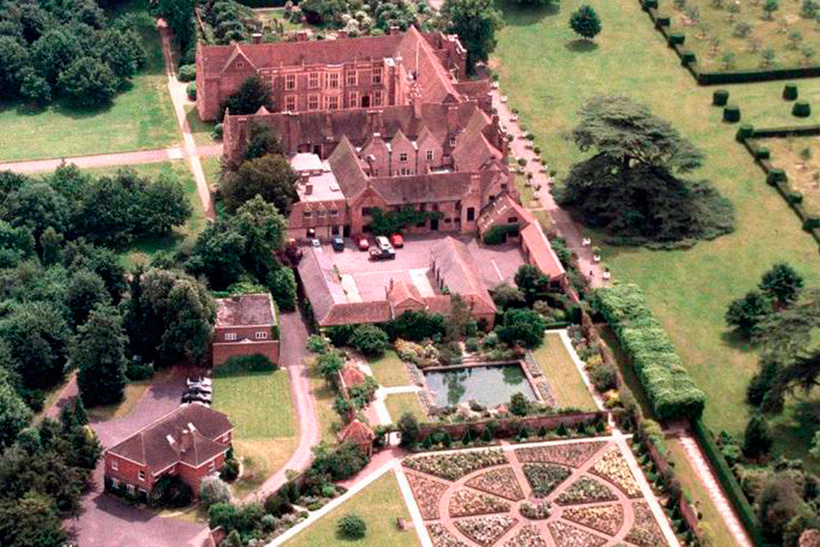 And it’s not hard to see why – the impressive building, surrounded by 105 acres of garden and 1,000 acres of park land is truly wonderful to behold. No wonder that 300,000 people come here every year for the garden alone!
And it’s not hard to see why – the impressive building, surrounded by 105 acres of garden and 1,000 acres of park land is truly wonderful to behold. No wonder that 300,000 people come here every year for the garden alone!
Of course, there’s more to Chatsworth House than the garden, although with the fountains, rockeries and cascade feature, you could be forgiven for spending a whole day just in the garden.
The house itself has been home to the Cavendish family, also known as the Dukes of Devonshire, since 1549, and has been added to and extended throughout the years. The family do still live here, and of the 126 rooms, only around 20 or so are open to the public. Still, they are large, impressive and richly decorated, so a tour is well worth the entry fee.
Another notable feature of Chatsworth are the excellent dining options, with three on-site restaurants as well as two cafe’s. One of these restaurants, the Flying Childers, specialises in afternoon tea, and naturally we had to try that out. Served on Wedgwood, the afternoon tea was a sumptuous affair, and one of the best we’ve had in the UK.
Served on Wedgwood, the afternoon tea was a sumptuous affair, and one of the best we’ve had in the UK.
If you’re looking to take your country house visit to the next level, an afternoon tea is definitely a good way to do so! For ticketing and further information, see the official Chatsworth House website. Hint – if you book online, you get free parking. You can also visit as part of this 3 day tour from Manchester.
3. Highclere Castle
Fans of the TV series Downton Abbey will instantly recognise Highclere Castle because it stands in as the main house in the show. Whilst Downton Abbey itself is fictional, this is a striking building nonetheless, and well worth visiting, even if you’re not a fan of the show.
As it happens, Jess is a huge fan of the show, and so did the whole tour. I was quite impressed with the gardens and exterior of the property, so entertained myself wandering around and waiting for the clouds to clear and the people to move so I could get a nice photo.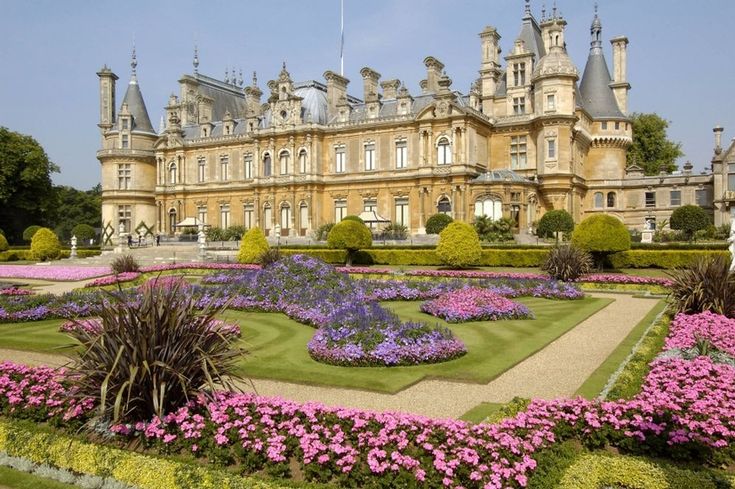
In terms of the building and grounds, well, like all the properties so far, the gardens had Capability Brown’s involvement (he was a busy chap!), whilst the property itself dates from 1679. It’s the home of the Earl of Carnarvon (famous for the discovery of Tutankhamun’s tomb – there’s an Egyptian Exhibition to celebrate this), and is open through the summer, as well as on select dates throughout the year.
Whilst general admission tickets on the official website often sell out, we have been reliably informed that if you turn up at the property you are very unlikely to be turned away. Another option is to take a day tour from London like this one which includes transport and admission.
We have a full guide to visiting Highclere Castle to help you plan your trip.
Don’t miss the café on site for delicious scones, or the Secret Garden. Highclere Castle is about an hour’s drive south of Oxford, or a couple of hours from London – you could visit as a day trip from either, and also include Stonehenge, if you were so inclined.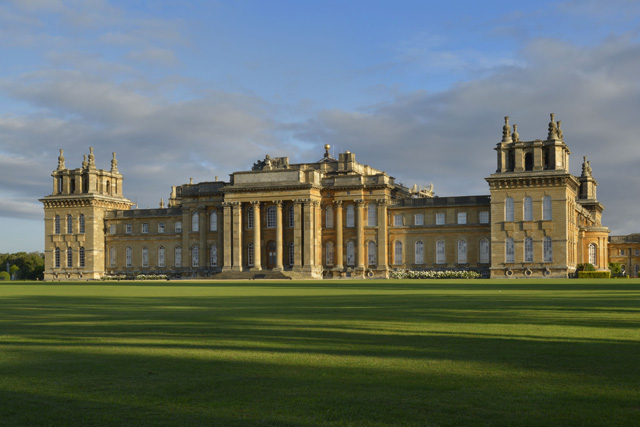 Check out my UK Itinerary post for more ideas on trips around the UK.
Check out my UK Itinerary post for more ideas on trips around the UK.
4. Wentworth Woodhouse
If my list of stately homes was a family tree, Wentworth Woodhouse would probably be the crazy uncle that no-one talks about. It’s a property of mindboggling proportions, unbelievable in so many ways, and yet most people have never heard of it.
It’s also a bit of an odd one to include, largely because at the time of writing this post, I don’t know for how long it is going to be open to the public for. My advice to you is, if you can get to it, and it is open, to visit as soon as you can. Whilst the property is currently owned by a Trust, with government money being allocated for restoration, there always appears to be the risk that it might return to private ownership and be closed to the public.
If that happens, it would definitely be a tragedy, because this property is, as I mentioned, just bonkers. Some quick facts to blow your mind:
Wentworth Woodhouse is the largest private home in Europe.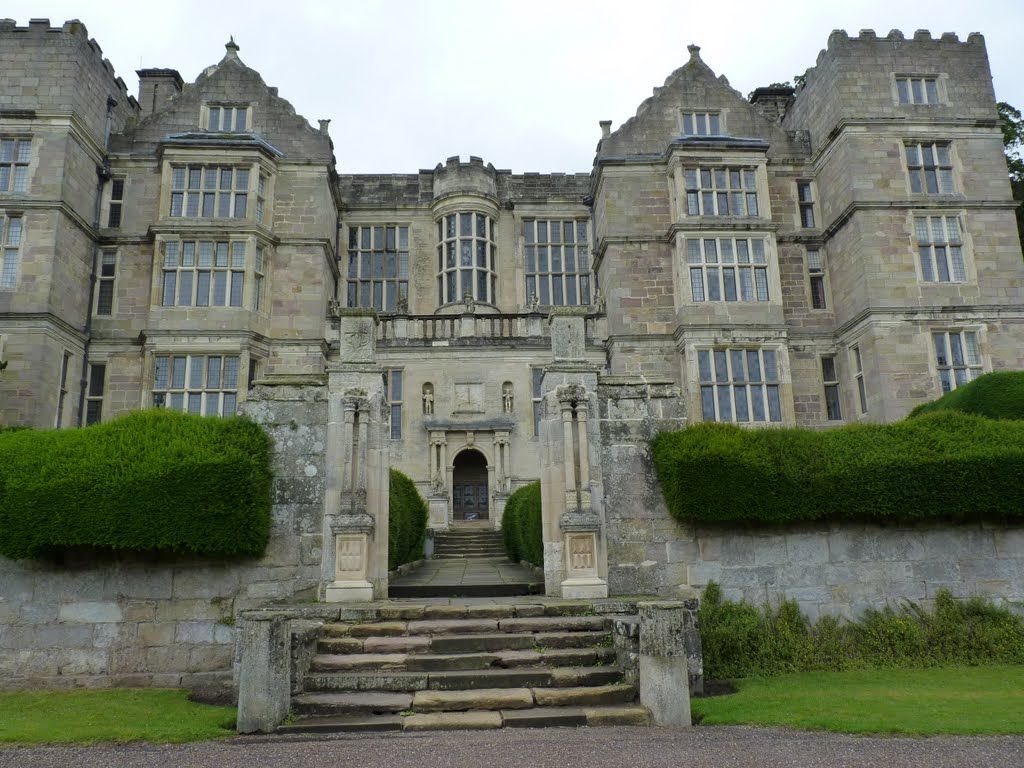 It has over 300 rooms (no-one actually knows how many), 23,000 square meters of floor space and the property alone has a footprint of 2.5 acres. It’s so big that some guests left breadcrumb trails to get back to their rooms after dining as otherwise the chances of getting to bed were slim. Oh, it also has the longest country house façade of any house in Europe (606 feet long), and is so big that the front and the back look like two completely different properties.
It has over 300 rooms (no-one actually knows how many), 23,000 square meters of floor space and the property alone has a footprint of 2.5 acres. It’s so big that some guests left breadcrumb trails to get back to their rooms after dining as otherwise the chances of getting to bed were slim. Oh, it also has the longest country house façade of any house in Europe (606 feet long), and is so big that the front and the back look like two completely different properties.
So why has no-one really heard of this place?
Well, unfortunately, the house, and in particular the original gardens, have suffered their share of troubles over the years. The property sat on a huge coal seam, and just after the second world war, the UK government turned the grounds into the UK’s largest open cast mine site, causing huge devastation to the formal gardens, as well as potentially resulting in subsidence issues under the property itself.
Over its lifetime, large portions of the property have been unoccupied, and as such, a lot of restoration work is required.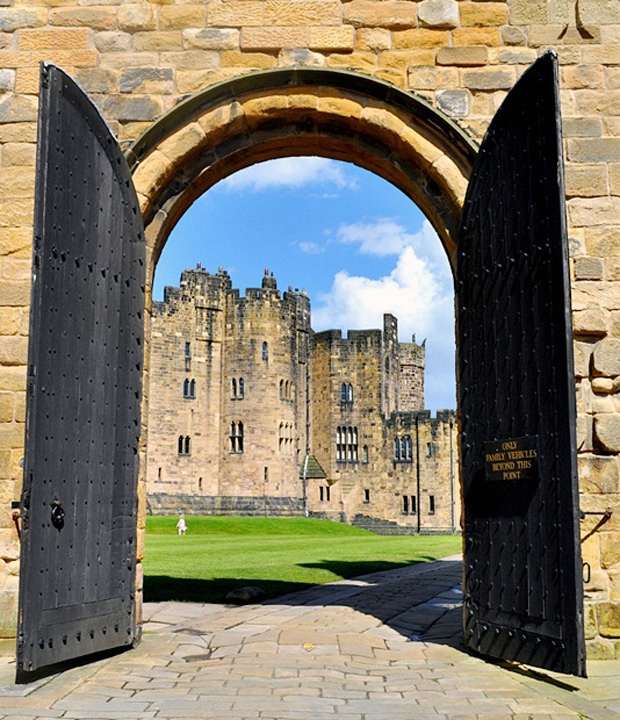 This might be a slight understatement. The rooms are empty for the most part, and a tour is certainly a different experience to many of the other properties on this list. Still, I absolutely urge you to visit if you can, the vast scale of the property is just incredible to behold, and the people who work here are deeply passionate about Wentworth.
This might be a slight understatement. The rooms are empty for the most part, and a tour is certainly a different experience to many of the other properties on this list. Still, I absolutely urge you to visit if you can, the vast scale of the property is just incredible to behold, and the people who work here are deeply passionate about Wentworth.
If you’re interested in learning more about the history of the family and house, Jess recommends the book “Black Diamonds”, which charts the rise and fall of the Fitzwilliam family, previous owners of the house. Jess has also written a very comprehensive post all about visiting Wentworth Woodhouse, which you should definitely check out. Then, book your tour on the official website and get yourself along to this stunning property.
5. Chartwell House
Another property makes the list with a link to Winston Churchill. In fact, we’ve recently visited so many Churchill sites that Jess has written a whole post dedicated to visiting Winston Churchill sites in England.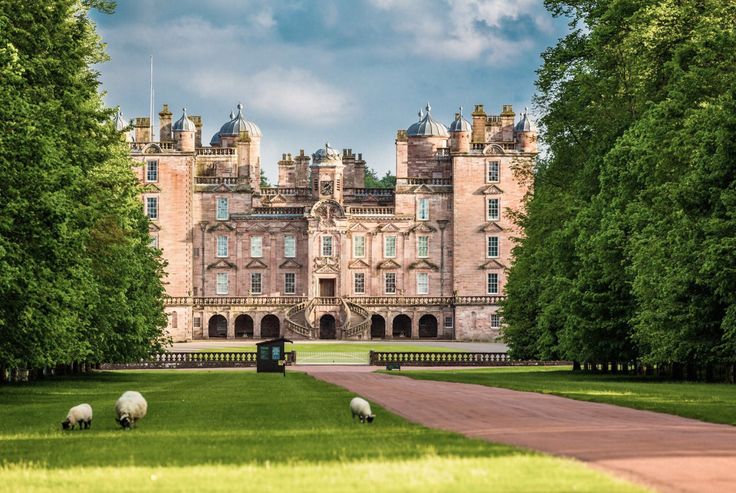
In this case, Chartwell House was Churchill’s home, from when he and his wife Clementine purchased it in 1922, through to Sir Winston’s death in 1965, at which time Clementine presented it to the National Trust, who still own and look after the property today.
This is certainly not as grand or ostentatious a property as many of the others on this list. Whilst a property has been on the estate since the 16th century, the Churchill’s made so many changes upon their purchase that it’s essentially completely transformed. This is actually a good thing, because the 19th century version of the property was not favourably thought of.
The property is very much worth visiting, because it gives an impression of the home life of the man who was at the centre of a number of world events through the 20th century, who also happened to find time to win a Nobel Prize for literature, paint award winning landscapes, raise butterflies and build walls. So yes, definitely worth the visit.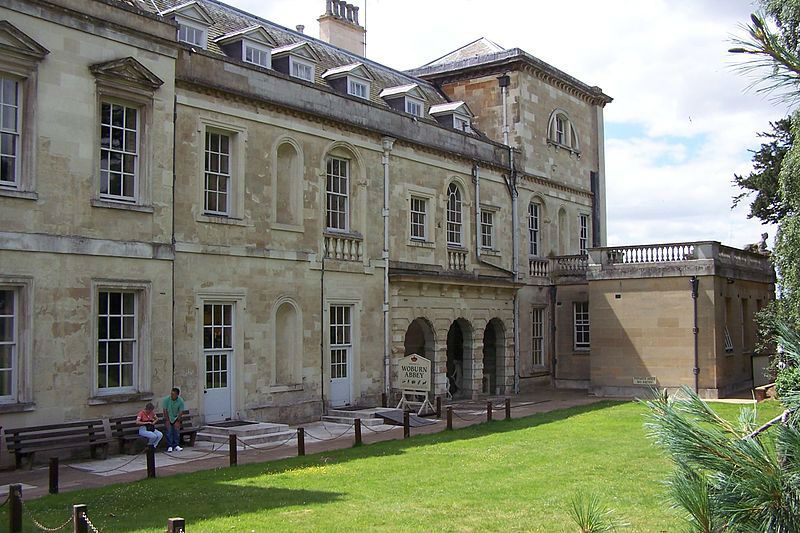 Note that Chartwell runs timed tours and it gets busy here, so we recommend arriving early in order to be in with a good chance of seeing the property close to your preferred time!
Note that Chartwell runs timed tours and it gets busy here, so we recommend arriving early in order to be in with a good chance of seeing the property close to your preferred time!
Like a number of other properties on this list, Chartwell House is a National Trust property, so it’s free to National Trust members and visitors with a National Trust touring pass. See more at the end of the post for ways to save money on entry to the properties on this list.
6. Osborne House
Ok, I promised no Royal Palaces or Castles, so this one is a bit of a cheat. This isn’t technically a palace or a castle, but is definitely associated with Royalty – it was Queen Victoria’s holiday home, and it can definitely be described as palatial – at least in size!
It can be found on the Isle of Wight, just off the south coast of England, and feels much like an Italian villa. It was purpose built in the 19th century for Queen Victoria and Prince Albert, and so reflects their style and tastes.
It also had to be large enough to accommodate their extensive family, and there are parts of the grounds which were dedicated to the children’s use and education, including a miniature fort and vegetable gardens.
As you can imagine, it’s well worth exploring the house and the grounds (currently 354 acres) – in particular don’t miss the beach, which was for the private use of the Royal Family.
The house is now owned by English Heritage and open to the public, check the official website for pricing and opening times. You book your tickets online in advance here.
Osborne House is operated by English Heritage, so there’s a fee to visit. It’s free for English Heritage members (sign up here, available to everyone), or holders of the English Heritage Overseas Visitors Pass (non-UK residents only, buy yours here).
See more at the end of the post for saving money on entry to the properties on this list.
If you are visiting the Isle of Wight, do also take a look at our guide to spending two days on the Isle of Wight, as well as Jess’s guide to Queen Victoria sights on the Isle of Wight.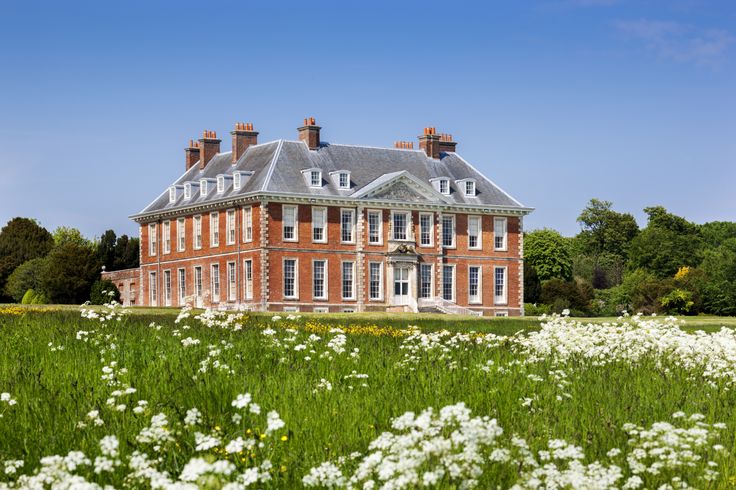
7. Newstead Abbey
In the heart of Nottinghamshire, Newstead Abbey is most famous for being the home of noted British poet Lord Byron. Originally though, as the name suggests, this was a religious building, home to a number of Augustinian monks. However, when Henry VIII decided to disband all the Catholic houses, including monasteries, the Abbey was handed over to the Byron family.
Lord Byron the poet inherited the property when it was badly in need of repair, and initially he lived in nearby Nottingham, using the grandly crumbling ruin as handy poetic inspiration.
Later, he moved into the property and did attempt various restorative works, but these were generally of an artistic nature rather than anything usefully structural, and so the property continued to decline, until it was finally bought in 1818 by someone with sufficient funds to restore it to some of its original glory.
Finally, after passing to various people, it was gifted to the city of Nottingham, and today it is owned and maintained by Nottingham City Council, and can be toured both inside and outside.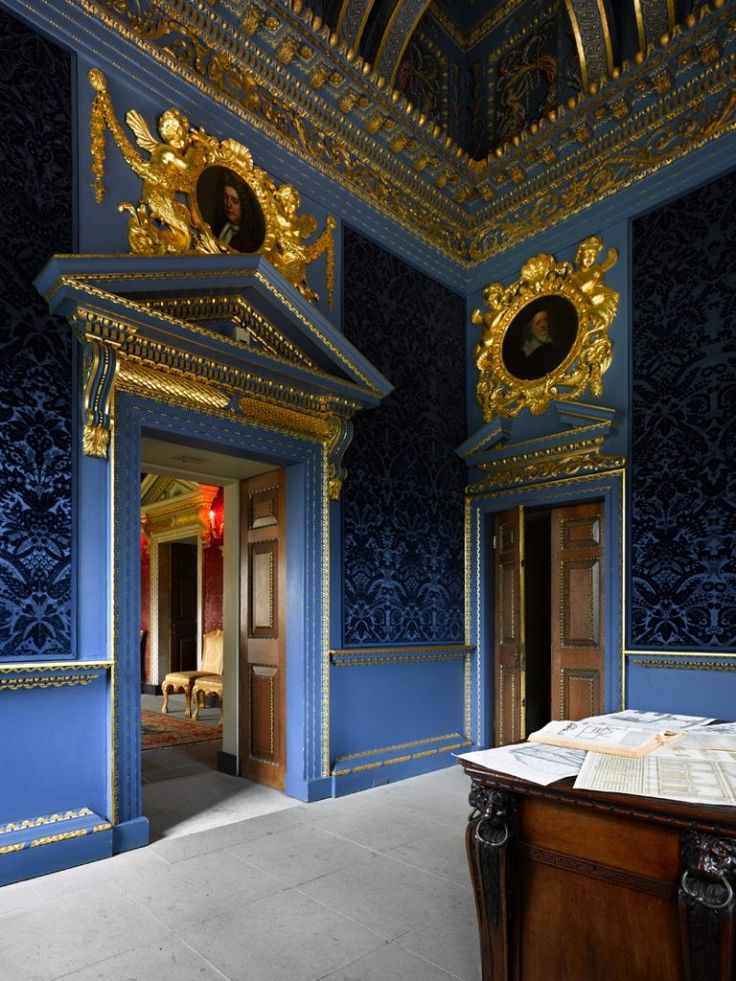
It’s a fascinating property to look at, as part of it is an old abbey ruin, with the house built onto the side of it. There are wonderful gardens to explore, including an American Garden, a Japanese Garden and a walled garden.
The tour of the property naturally focuses on its most famous resident, but there are plenty of tales about the property and its other owners that will fascinate you. All in all, a very worthwhile half day visit.
8. Apsley House
I appreciate that pretty much every house in this list requires a bit of effort to get to – either you’re going to have to find your own transport, or you’re going to have to book a tour. With that in mind, and in particular for those of you just visiting London, I wanted to give you an option that’s right on your doorstep – Apsley House.
Ok, so it’s not exactly a grand stately home, or a country house at all, but it’s impressive nonetheless, and will give you an idea at least of the aristocratic lifestyle if you don’t have time to head out of London, or want to visit somewhere that isn’t a Royal Palace.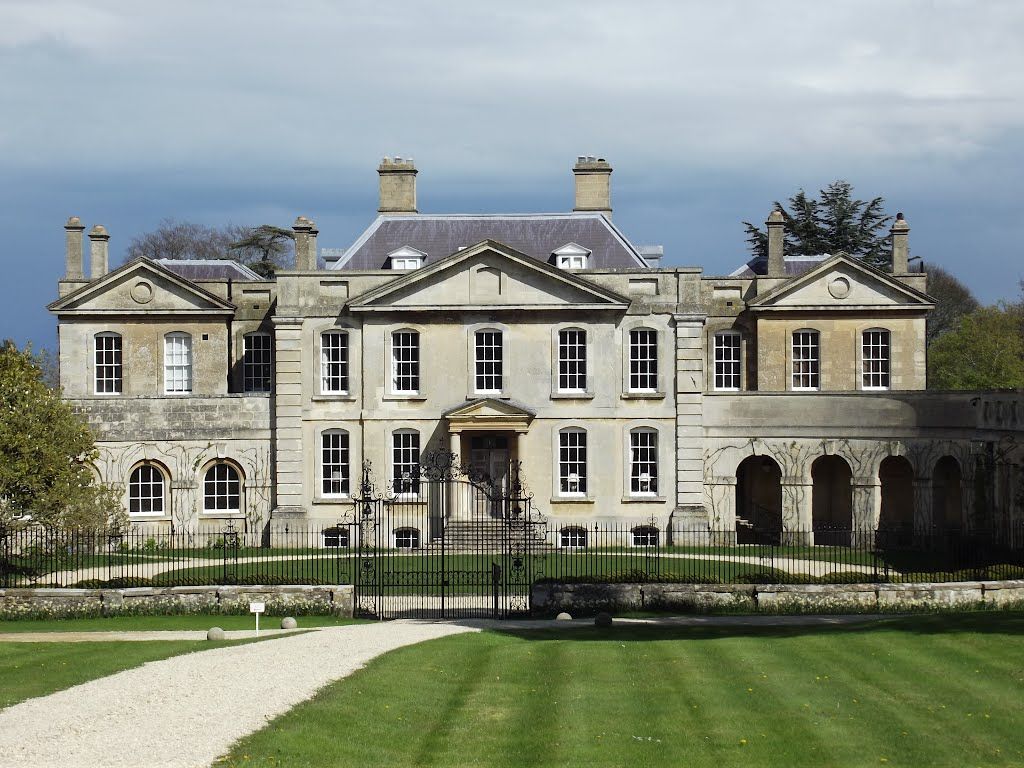
This is on Hyde Park Corner, so it’s right in the heart of London, just around the corner from Buckingham Palace. It’s the family home of the Dukes of Wellington, and is a spectacular example of an aristocratic town house.
The house is still occupied by the Dukes of Wellington, however most of it is now open to the public and serves as a museum, primarily to the first Duke of Wellington, who famously defeated Napoleon at the Battle of Waterloo, and is widely regarded as one of the greatest British military commanders in history.
Apsley House today houses a superb art collection, much of which was acquired as the spoils of war, as well as gifts from admirers around the world, which include paintings, sculptures, silver, porcelain and more. There’s an excellent audio guide which will take you around the house, which we definitely recommend.
Apsley House is operated by English Heritage. In terms of entry fees, it’s free to English Heritage members, those holding an English Heritage Overseas Visitor Pass or you can pay a one-off ticket price.
It’s also included on the excellent London Pass – if you are planning on seeing a number of sights in London, then we can definitely recommend picking one of those up for your visit. Read Jess’s full review of the London Pass to see if it will save you money on your trip.
9. Baddesley Clinton
Baddesley Clinton is the only moated property on this list, which in my book, warrants its entry alone. Technically a manor house, Baddesley Clinton dates from the 13th century, and was the property of the Ferrer family for 12 generations before passing to the National Trust.
The house has seen its fair share of history, with particular note being the role it played during the Catholic persecutions of the 16th century. In particular, there are three “priest holes” in the property, where priests could hide to avoid capture.
There are also lovely gardens to explore and the property has notably beautiful stained glass windows. It’s definitely a little different to some of the other properties on this list, hence the inclusion.
Again, as a National Trust property, Baddesley Clinton is free to National Trust members and visitors with a National Trust touring pass. See more at the end of the post for saving money on entry to the properties on this list.
10. Attingham Park
Last, but by no means least on my ten favourite stately homes to visit in England is Attingham Park. This 18th century mansion and estate is the fourth most visited National Trust property in the UK, and when you visit you’ll quickly understand why.
Built in 1785, the building is imposing and impressive, with a huge main façade and two single storey wings jutting out from either side. The interior is equally grand and well maintained, with a marked difference between the “upstairs” and “downstairs” lifestyles on show.
When we visited we took a behind the scenes tour of the new picture gallery roof. This might not seem that exciting, but given the original was designed by John Nash (architect of Buckingham Palace, along with a great number of buildings of Regency London) using radical design technologies for the time, this turned out to be quite fascinating.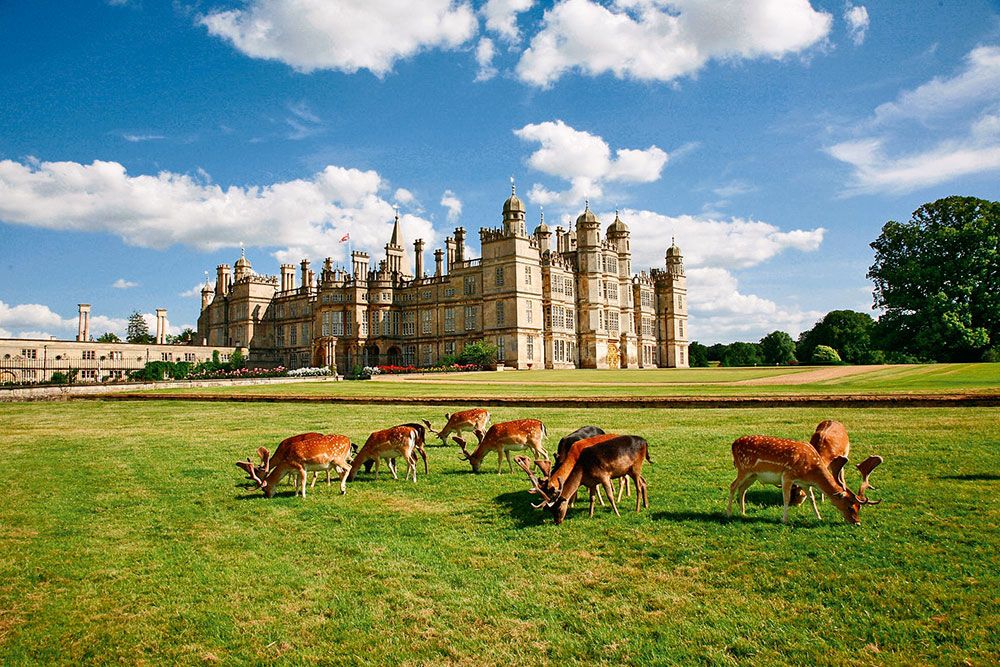
We also learnt about the history of the owners and occupants of the property – stories that involved romance, loss, ruin and restoration. So basically something for everyone!
Again, there’s enough here to do for at least half a day of exploring, and there’s an excellent café on site in the stable block. This is also a National Trust property – you know the drill by now in terms of how the pricing works.
Map of Stately Homes in England
The houses I’ve chosen are all around England, so I don’t expect you to be able to visit them all in one trip. I have two posts with suggested UK itineraries, and some of these houses could easily be added to either of those. You can see the two week UK itinerary here, and the one week UK itinerary here.
As a guide though, here’s a map showing all the locations of the Stately Homes in this post for quick reference.
Tours that Visit Stately Homes in England
As you can see from the map, the stately homes we have recommended are spread out across the country, meaning that if you don’t have your own transport, it can be challenging to reach them, even by public transport.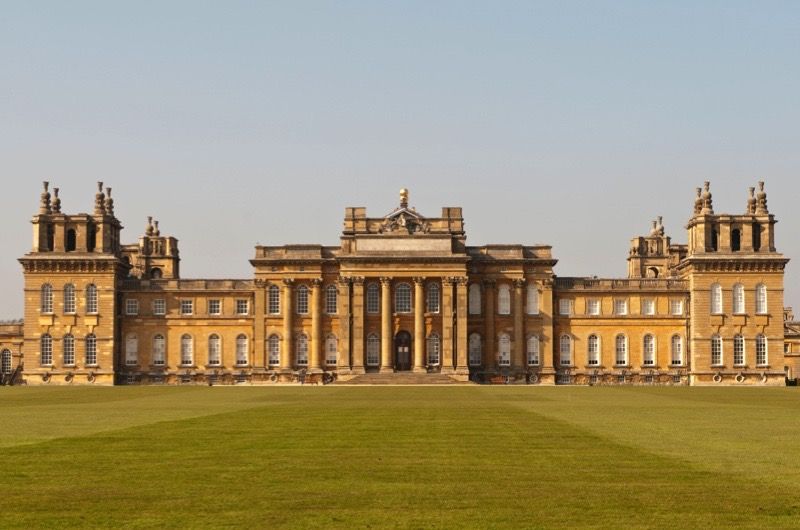
To help you get around this issue, we’ve found a number of tours that will get you to some of the properties on this list. Whilst not every home can be visited as part of a tour, the more popular and closer to London the property is, the greater the chance of their being a tour! Here are some tour options for you to consider:
- This private tour to Chartwell House from London, which includes round-trip transport from your hotel, entry fee to Chartwell, and a private guide and driver
- This full day tour of Highclere Castle from London, which includes your entry fee to Highclere Castle, as well as a number of other Downton Abbey filming locations
- This full day tour of Blenheim Palace, the Cotswolds, and some Downton Abbey filming locations, which also includes entry to Blenheim and an audioguide
- A 5 day tour of England and Wales from London, which includes Chatsworth House amongst many other locations!
As you can see, you have a few different options for visiting these stately homes, even if you don’t have your own transport.
Passes for Visiting Stately Homes in England
Many of the houses in this list are privately owned, and so have their own entry fees. Usually, it’s worth checking online at their official websites to see if they are running any offers – such as the free parking at Chatsworth if you book online.
A number of the other properties are part of national organisations such as the National Trust or English Heritage.
In those cases, if you are planning on visiting a number of properties operated by these organisations then you may be better off purchasing an annual membership instead of paying individual prices. You only need to visit a few properties in each case to make up the cost of membership.
You can buy an English Heritage Membership here and a National Trust membership here.
If you’re only visiting the UK for a shorter trip there are specific passes for visitors for both the National Trust and English Heritage, which represent great value for money for visitors.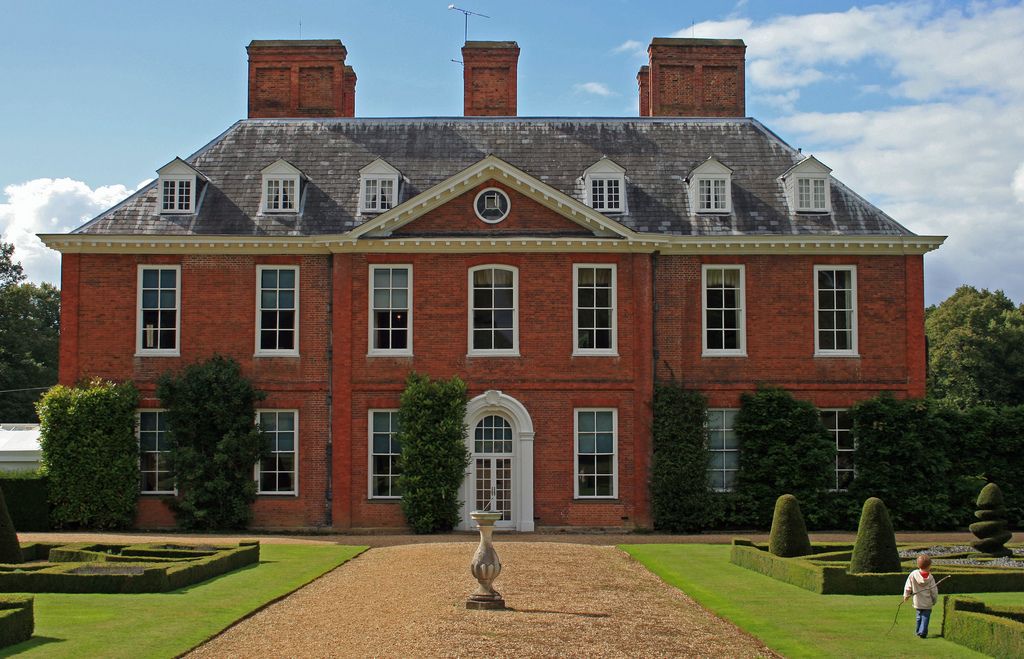
For the National Trust you can pick up a National Trust touring pass. This is valid for 7 or 14 days, and gives you access to every National Trust property in the UK.
For English Heritage, you can get an English Heritage Overseas Visitor Pass. This is valid for 9 or 16 days, and gives you access to every English Heritage property in the UK.
In addition, some overseas organisations have reciprocal arrangements with the National Trust and English Heritage – meaning if you are a member of an overseas organisation you may have free entry already.
You can see on their websites both the reciprocal arrangements and a full list of covered attractions. See those on the National Trust website here, and English Heritage here.
Finally, as already mentioned in the post, if you’re visiting London, then you can save a good pile of money by investing in a London Pass for your stay, which gives you access to a good many London attractions.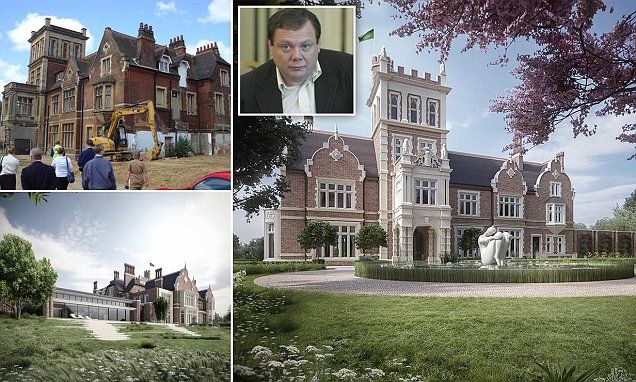
Further Reading
We’ve written a number of posts and guides to travel in the UK that you might find useful for planning a trip. We also have a number of books and online resources that you might find helpful, both related to Stately Homes, and general travel in the UK. Here they are:
- We have guides to many of the cities and sights in the UK for you to bookmark, including:
- We have a full guide to visiting Highclere Castle to help you plan your trip.
- A Two Week UK itinerary & A One Week UK Itinerary
- A Two Day London Itinerary, as well as a Six Day London Itinerary
- The Best Photography Locations in London
- Tips on Buying and Using the London Pass
- Planning an Oxford day trip from London
- The Highlights of Oxford
- Visiting Blenheim Palace and the Cotswolds
- A Guide to Touring the Scottish Borders
- A Guide to visiting Stonehenge from London
- The Best Harry Potter Locations in London
- In terms of reading related to Stately Homes, you might enjoy:
- Black Diamonds – the tale of Wentworth Woodhouse
- England’s Thousand Best Houses – this should give you plenty of ideas for more places to visit!
- If you want a physical (or digital!) book to accompany your travels, then Amazon have a great selection.
 We recommend the Rick Steves England book, & the Lonely Planet Guide to get you started.
We recommend the Rick Steves England book, & the Lonely Planet Guide to get you started.
And that finishes up my post on some of my favourite Stately Homes to visit in England! Got a favourite you’d like to share, or any questions about the post? Let us know in the comments below!
magnificent manor houses & mansions
Blenheim Palace. Credit: PixabayWe’ve toured the British Isles to bring you 25 of Britain’s best stately homes, from the World Heritage Site of Blenheim Palace to the ‘real’ Downton Abbey, Highclere Castle…
The number of heritage buildings still standing proudly across our land never fails to amaze us. Most of Britain’s best stately homes have hosted kings and queens, prime ministers, actors and poets – all manner of illustrious guests.
Here are some of Britain’s best stately homes, from examples of architectural brilliance to places that hide unbelievable stories. So read on, enjoy, and start planning your next trip.
1.
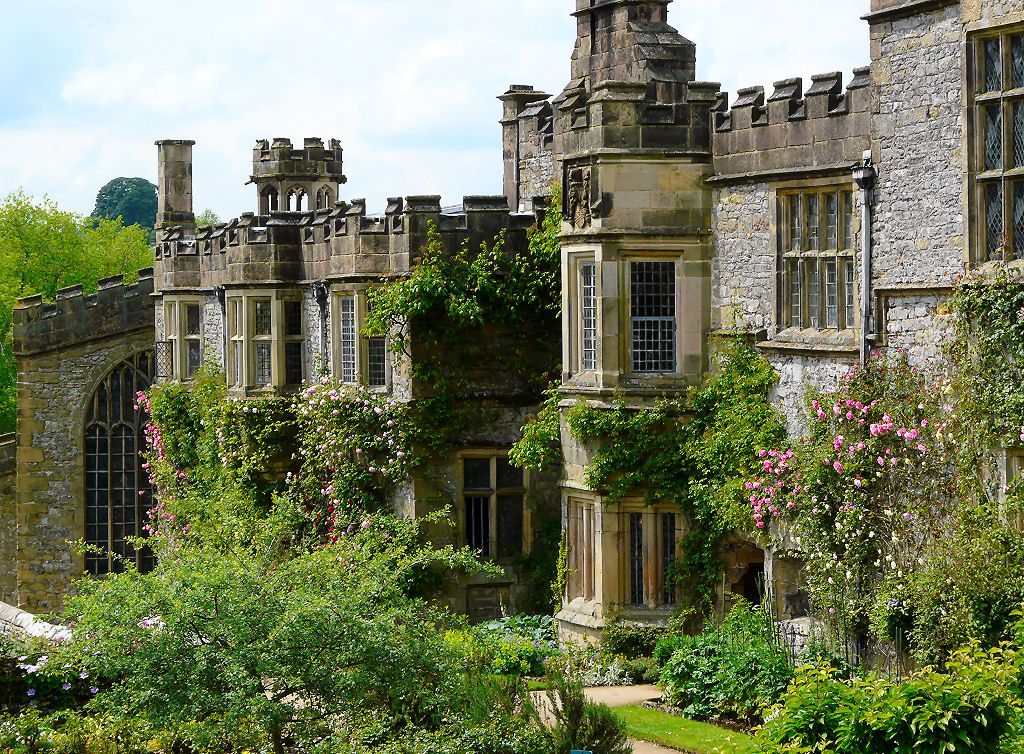 Blenheim Palace, Oxfordshire
Blenheim Palace, OxfordshireWhen listing Britain’s best stately homes, we simply had to mention Blenheim, the sprawling Oxfordshire estate that was built for John Churchill, 1st Duke of Marlborough. The palace was built on land gifted to Churchill by Queen Anne. Anne also awarded him £240,000 for his victory over the French in the War of the Spanish Succession.
It was at Blenheim almost two centuries later that one of the duke’s descendants, Sir Winston Churchill, was born. The future prime minister even chose to propose to Clementine Hozier here, by the Temple of Diana, in 1908.
The house – the only non-royal or non-episcopal country house in England to be called a palace – is a masterpiece of English Baroque architecture. Designed by Sir John Vanbrugh and Nicholas Hawksmoor, it includes many beautiful features, such as the painted ceiling in the Saloon.
However, Blenheim’s 2,000 acres of gardens – one of the most exquisite works of 18th-century landscape architect Lancelot ‘Capability’ Brown – are what really make it special.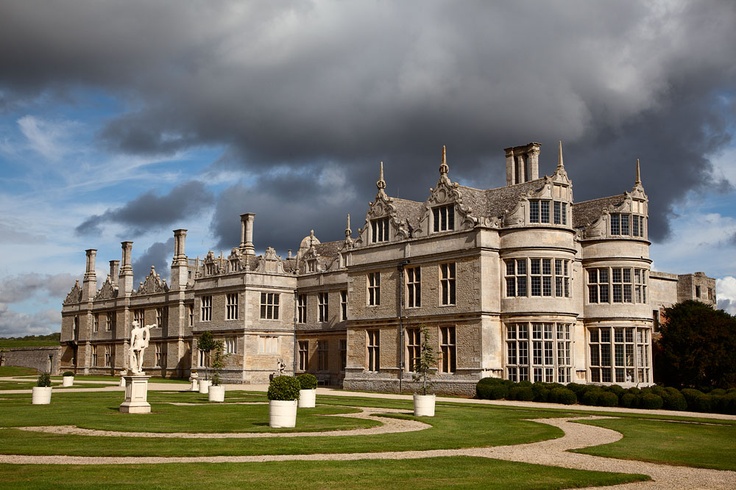 It’s small wonder UNESCO declared it a World Heritage Site in 1987.
It’s small wonder UNESCO declared it a World Heritage Site in 1987.
2. Highclere Castle, West Berkshire
Highclere Castle is the ‘real’ Downton AbbeyWith the Downton Abbey film recently gracing our screens, surely it’s time to revisit the glorious Berkshire ancestral home that has formed the backdrop to so many scenes of the Crawley family and their household.
Certainly one of Britain’s best stately homes, The ‘real’ Downton Abbey, Highclere Castle, is the family seat of the Earls of Carnarvon. It was the current countess, Lady Carnarvon, a close friend of Downton Abbey writer Julian Fellowes, who saw the value in opening the house up to the period drama that has revived the estate’s fortunes.
Although Highclere has been in the hands of the Carnarvon family since 1679, (and its gardens were also designed by Capability Brown), the current house was remodelled in the Jacobean style in 1838 for the 3rd Earl of Carnarvon by Sir Charles Barry, the man who famously rebuilt the Palace of Westminster.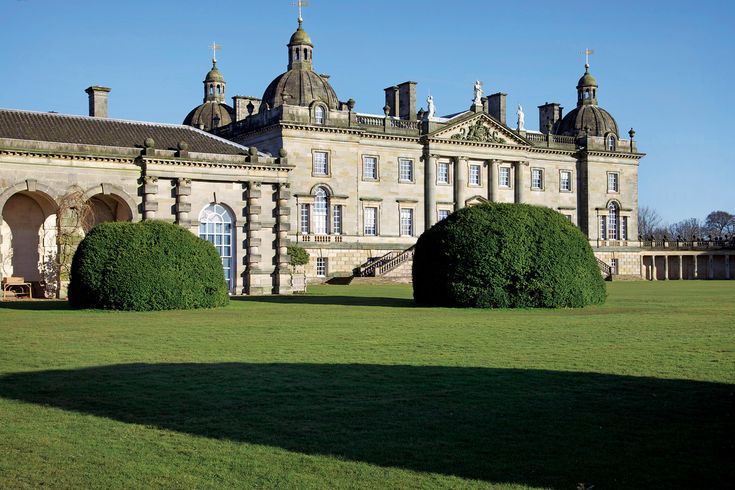
Highclere Castle became the focus of a media circus in 1922 when the 5th Earl discovered the Tomb of Tutankhamun. The earl died shortly after the discovery, leading to the story of the ‘Curse of Tutankhamun’. However the earl’s death could be explained by blood poisoning from an infected mosquito bite.
3. Chatsworth, Derbyshire
The state apartments of Chatsworth House are extraordinary. Credit: Paul BarkerFew English estates draw such delight as this one in the heart of the Peak District. Chatsworth is known to many as Pemberley in the 2005 film adaptation of Pride and Prejudice, starring Keira Knightley. Eagle-eyed viewers may also remember it from another Knightley film, The Duchess.
Chatsworth has been the seat of the Dukes of Devonshire since 1549 and has passed through the hands of 16 generations of the Cavendish family.
The house is famed for its art collection, which spans four centuries, but its state apartments, overhauled to accommodate a visit from King William III and Queen Mary II that never actually happened, are extraordinary.
4. Hardwick Hall, Derbyshire
Hardwick Hall, more glass than wall. Credit: Eleanor Scriven/Robert Harding World Imagery/CorbisBess of Hardwick was one of the most influential figures in Elizabethan times – she was second in wealth only to Queen Elizabeth I – and Hardwick Hall was one of her homes.
It is a magnificent example of a prodigy house – showy properties built to house the queen on her annual progresses.
The plentiful windows – an extravagance as glass was expensive – led to the rhyme, ‘Hardwick Hall, more glass than wall.’
5. Wentworth Woodhouse, South Yorkshire
The East Front of Wentworth Woodhouse, the longest country house frontage in England. Credit: Leo RosserAlamyThe largest private residence in Europe, Wentworth is twice the width of Buckingham Palace. This 18th-century mansion has recently been bought and will undergo £40m of restoration work over the next 20 years.
It was once the home of Charles I’s ill-fated administrator, Thomas Wentworth, 1st Earl of Strafford.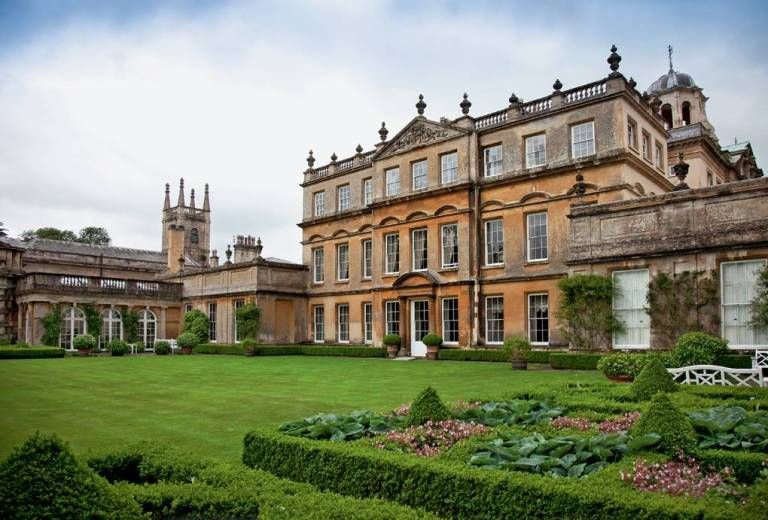 Wentworth was tried and beheaded for treason in 1641. The house also hosted a visit by King George V and Queen Mary in 1912.
Wentworth was tried and beheaded for treason in 1641. The house also hosted a visit by King George V and Queen Mary in 1912.
6. Lacock Abbey, Wiltshire
The Cloisters at Lacock Abbey, Wiltshire. Credit: National Trust Images/Mark BoltonThis quirky country house, near the historic town of Lacock, was built on a former nunnery and represented the ‘real’ Wolf Hall, the family seat of the Seymours, in the recent TV adaptation of Hilary Mantel’s novels.
Scenes depicting King Henry VIII’s bedroom and his lodgings at Calais were also filmed here. In real life, Henry sold Lacock to one of his courtiers, Sir William Sharington, following the Dissolution of the Monasteries. It is now in the care of the National Trust.
7. Stonor, Oxfordshire
Edmund Campion printed his famous Decem Rationes at StonorAlthough it is one of our oldest manor houses, Stonor is also one of our lesser-known stately homes, despite the fact that one of the most significant religious events in British history took place here.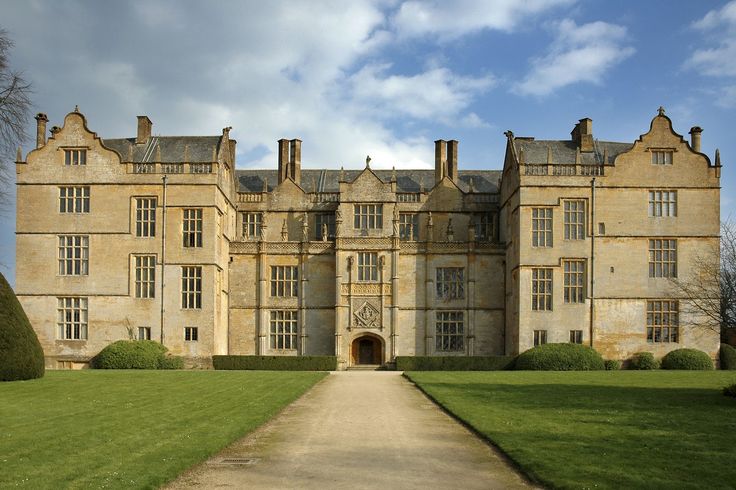
In 1581 Edmund Campion hid in the roof space while he printed 400 copies of his famous treatise, Decem Rationes, arguing for Catholicism. However, he was soon caught and tortured before being hung, drawn and quartered.
The house is open at select times from April to September and holds a rare copy of the Decem Rationes.
8. Castle Howard, North Yorkshire
It took over 100 years to build Yorkshire’s castle HowardSo ambitious was the vision for Castle Howard, the private residence of the Howard family for more than 300 years, that the Baroque building took over 100 years to complete. The result was astounding, though, with two symmetrical wings and a central dome.
Although much of Castle Howard was devastated by fire in the 1940s, over the years many rooms have been restored. However, when the house was used as the backdrop for the film version of Evelyn Waugh’s Brideshead Revisited in 2008, parts were superficially restored and the East Wing remains a shell.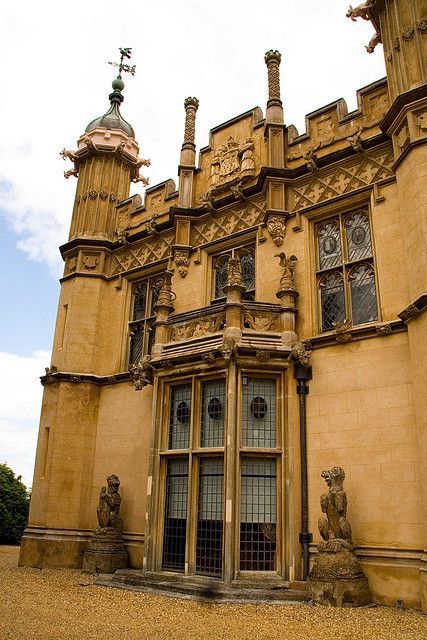
9. Crag Hall, Derbyshire
You can hire out the whole of Crag HallUntil recently this sandstone Georgian country house with views over Peak District National Park was the private shooting lodge and holiday home of the Earl and Countess of Derby, but now you can hire it for your own gathering.
Located amid historic royal hunting ground, this 12-bedroomed property can accommodate up to 21 guests. A perfect set-up for living out your Downton Abbey fantasies.
10. Kenwood House, London
The newly restored library at Kenwood House. Credit: English Heritage/Patricia PayneHidden in London’s Hampstead Heath, Kenwood House is a Robert Adam’s house, remodelled by the architect in 1764 to include a new entrance, attic-storey bedrooms and one of his most famous interiors – the Great Library, which was restored to its original colours during a major restoration project in 2013.
The grounds are home to ancient woodland and landscaped gardens, probably designed by Humphry Repton, and feature sculptures from the likes of Barbara Hepworth and Henry Moore.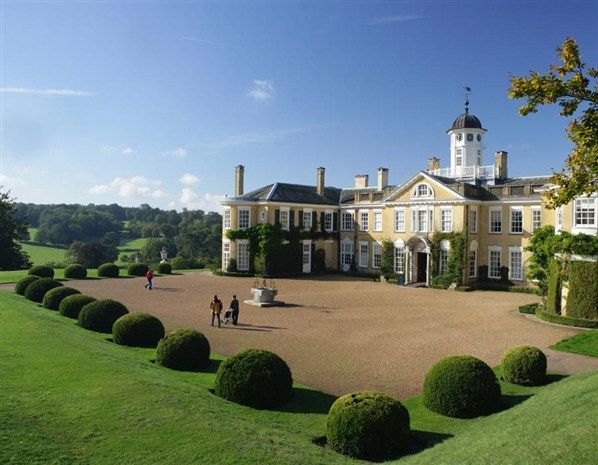
11. Lyme Park, Cheshire
The Dining Room at Lyme Park. Credit: National Trust Images/Andreas von EinsiedelBest known for its starring role as Mr Darcy’s Pemberley in the 1995 BBC adaptation of Jane Austen’s Pride and Prejudice (yes, that scene when Colin Firth emerges from the lake), Lyme Park is a fine example of an Italianate palace.
Outside, the 1,300 acres are home to a medieval herd of red and fallow deer, while inside you’ll find an incredible collection of English clocks and the famous Mortlake tapestries. The Edwardian era was when Lyme Park was in its heyday and the house is a time capsule of that period.
12. Buscot Park, Oxfordshire
Buscot Park is home to the impressive paintings of the Farringdon Collection. Credit: The National Trust Photolibrary/AlamyThis stately home was built in the Renaissance Revival style of architecture between 1779 and 1783 for Edward Loveden Townsend. Buscot also houses the Farringdon Collection, with paintings by Rembrandt, Reynolds, Rubens and Van Dyck.
13. Great Chalfield Manor and Garden, Wiltshire
15th-century Great Chalfield Manor, Wiltshire. Credit: National Trust Images/Andrew ButlerThe stand-in for Thomas Cromwell’s home of Austin Friars in TV’s Wolf Hall, Great Chalfield is as pretty an English country house as you can imagine.
The 15th-century moated manor house is set in tranquil countryside and features a gatehouse and stunning oriel windows, all of which withstood a siege by Royalists during the English Civil War. The private residence offers guided tours, or you can book into one of Chalfield Manor’s reasonably priced gorgeous four-poster bedrooms for the night.
14. Burghley House, Lincolnshire
Burghley is one of England’s great Elizabethan houses. Credit: Andreas von Einsiedel/AlamyDescribed as ‘England’s greatest Elizabethan house’, Burghley was built and designed by William Cecil, Lord High Treasurer to Queen Elizabeth I, between 1555 and 1587. Its grounds includes 2,000 acres of Capability Brown gardens, (which were added later), and a deer park.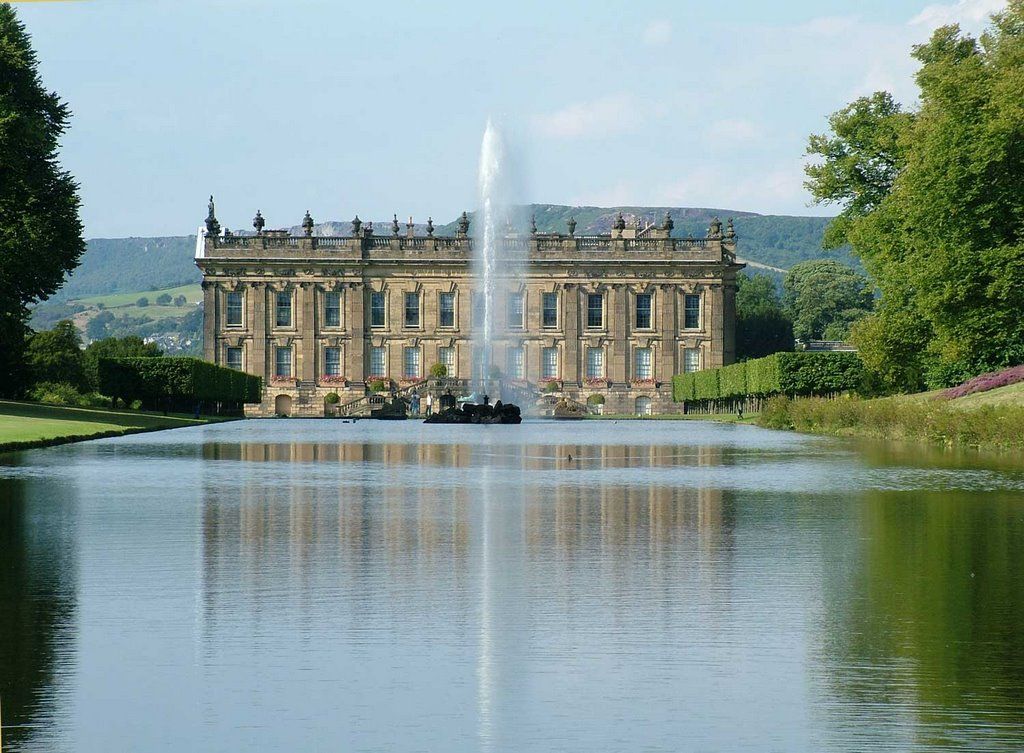
The interior is lavish and features sumptuous fabrics and carvings by Grinling Gibbons. In the Pagoda Room are portraits of Queen Elizabeth I, King Henry VIII, Oliver Cromwell and members of the Cecil family.
Some say that beneath its foundations lie the remains of the medieval settlement of Burghley, mentioned in the Domesday Book, which so far has evaded archaeologists.
15. Mount Stuart, Isle of Bute
Mount Stuart is a house of many firsts. Credit: MST and Keith HunterIt may come as a surprise that the first house in Britain to have an indoor heated swimming pool is hidden on the tiny Isle of Bute in the Firth of Clyde in Scotland, but then Mount Stuart is no ordinary place. It was also probably the first property in Scotland to have electric lighting, central heating and a passenger lift – a horse-drawn railway was needed to build the house.
The Gothic Revival building, which replaced an earlier Georgian property, is a feat of Victorian engineering. It was created for John Crichton-Stuart, 3rd Marquess of Bute – the richest man in Britain in the late 19th century.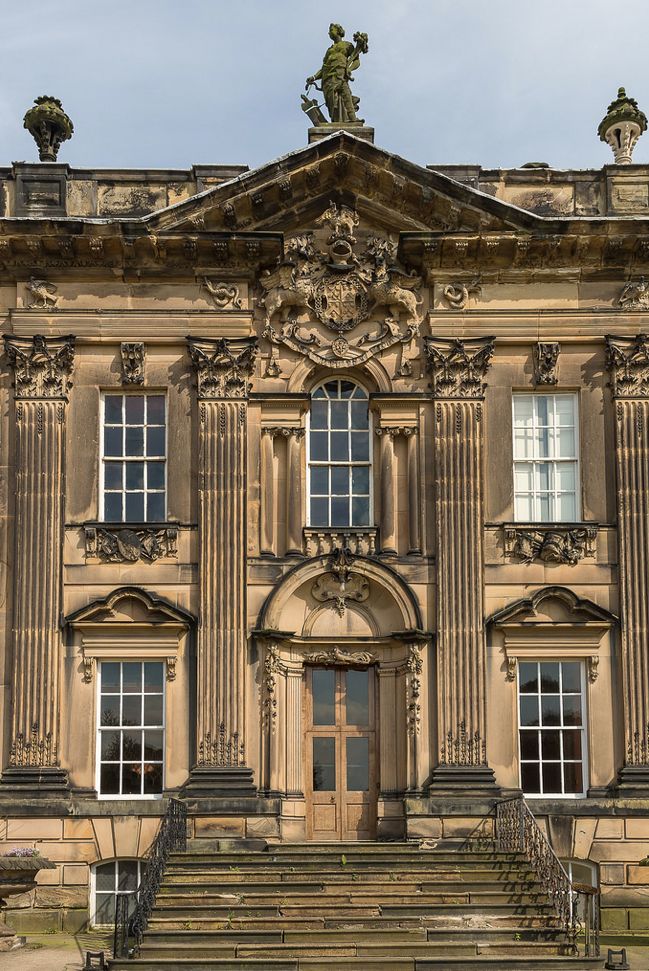
16. Woburn Abbey, Bedfordshire
A Stag at Woburn Abbey Safari Park. Credit: VisitEngland/Woburn Safari ParkWoburn has been in the Russell family since King Edward VI gifted it to John Russell in 1547. In 1550 John was made the first Earl of Bedford.
It’s been the family seat since the 1620s and it was turned into the English Palladian home in the 1800s. The estate first opened to the public in 1955 and its impressive art collection includes the largest private collection of Venetian views painted by Canaletto on public view and the Armada Portrait of Queen Elizabeth I.
17. Longleat House, Wiltshire
Longleat is set amid 900 acres of Capability Brown landscaped parkland. Credit: VisitBritain/Britain on ViewCompleted in 1580, Longleat is another of our great Elizabethan houses and one of Britain’s best stately homes. Set in 900 acres of Capability Brown parkland, it also has one of the largest book collections in Europe. Look out for the bloodstained waistcoat of King Charles in the Great Hall – he reportedly wore it at his execution.
Now home to the 7th Marquess of Bath and run by his son, Viscount Weymouth, Longleat has come a long way from the property bought by MP John Thynne in 1540 for £53.
18. Llancaiach Fawr Manor, South Wales
Llancaiach Fawr Manor House was once visited by King Charles I. Credit: Keith Beeson/AlamyBuilt circa 1550 for Dafydd ap Richard, this house is a great example of a semi-fortified manor house. It’s laid out much as it would have been in 1645 when King Charles I visited. Charles must have angered the owner, Colonel Edward Prichard, as he switched allegiances to the Roundheads.
19. Luton Hoo, Bedfordshire
Luton Hoo is now a lavish hotelA house has stood at Luton Hoo since at least 1601 when Sir Robert Napier, 1st Baronet, purchased the estate. The house we see today dates from the late 18th century. At the time it was the seat of the 3rd Earl of Bute, then prime minister to King George III. Like many of Britain’s best stately homes, it too has Capability Brown designed gardens.
Guests at Luton Hoo hotel can enjoy the Edwardian Belle Epoque interiors introduced by the people behind the Ritz. One highlight is the Wernher Restaurant, named after the owner who ordered the works. Over the years the estate has fulfilled many roles, including testing tanks during the Second World War.
Today it’s a fantastic place to get a taste of the English country life. Take afternoon tea or have a go at archery, much as past guests of its distinguished owners would have done.
20. Hatfield House, Hertfordshire
Hatfield House is easily accessible from LondonWithin easy reach of London, this Jacobean-style property was built for Robert Cecil, 1st Earl of Salisbury, on the site of Hatfield Palace. Cecil had exchanged Hatfield with King James I for the nearby Cecil family home of Theobalds.
Like the king, Robert Cecil wasn’t keen on the rather old-fashioned Hatfield Palace, which had been owned by King Henry VIII, and so he rebuilt it as Hatfield House.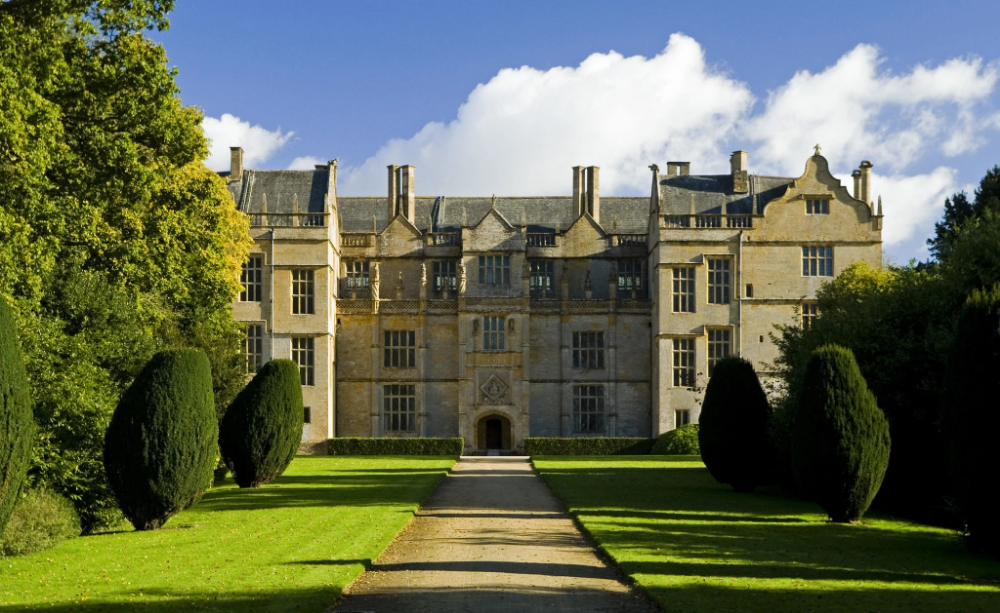
It was here that Henry VIII’s offspring, Mary, Elizabeth and Edward played as children. Elizabeth was even supposedly told of her ascension to the throne at Hatfield.
The Marble Hall takes its name from the chequered black and white flooring where guests would have danced at balls. Guests were overlooked by the Rainbow Portrait of Queen Elizabeth I – perhaps the most colourful portrait of the Tudor era. The inscription ‘Non sine sole iris’, meaning ‘no rainbow without the sun’, reminds viewers that only the queen’s wisdom can ensure peace and prosperity.
21. Norton Conyers, North Yorkshire
Did Norton Conyers provide inspiration for Jane Eyre’s woman in the attic?It is one of the most enduring images in English literature: the mad woman locked away in the attic. And it was at Norton Conyers that Charlotte Brontë is said to have taken inspiration for her novel, Jane Eyre.
Charlotte Brontë visited the medieval house in 1839, before she wrote her seminal novel.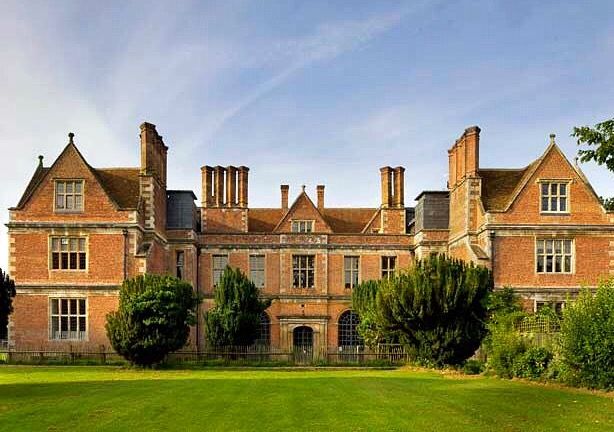 Could it be mere coincidence that Norton Conyers has its own legend of a woman hidden in an attic? The discovery of a blocked staircase in 2004, much like the one in the novel, seemed to confirm the theory. The house has recently been restored and reopened to the public on a few select days each year, and is most definitely one of Britain’s best stately homes.
Could it be mere coincidence that Norton Conyers has its own legend of a woman hidden in an attic? The discovery of a blocked staircase in 2004, much like the one in the novel, seemed to confirm the theory. The house has recently been restored and reopened to the public on a few select days each year, and is most definitely one of Britain’s best stately homes.
22. Blickling Hall, Norfolk
The South Drawing Room at Blickling Hall. Credit: National Trust Images/Nadia MackenzieWas this red brick mansion built on the site of the birthplace of Anne Boleyn? The house was built on the ruins of the former Boleyn home during the reign of King James I. Anne’s parents lived here from 1499 to 1505, so if Anne was indeed born in 1501 then it’s highly probable.
On the staircase of the Great Hall there are reliefs of Anne and her daughter, Queen Elizabeth I. Anne’s ghost is also said to appear carrying her severed head every year on the anniversary of her execution. The South Drawing Room, with its Jacobean-style chimneypiece and ceiling, is also highly impressive.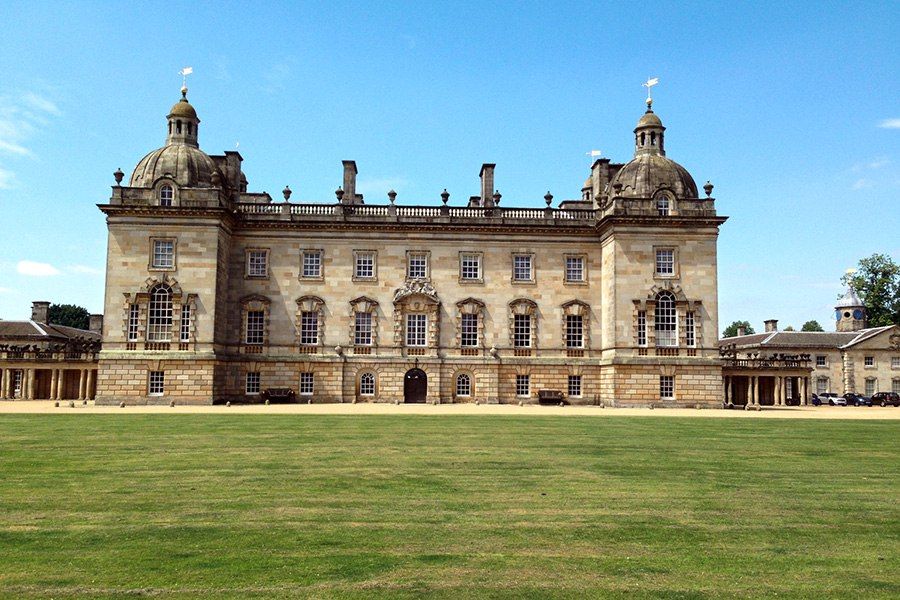
23. Montacute House, Somerset
Montacute House. Credit: National Trust Images/Stuart CoxThis late Elizabethan house was Greenwich Palace in TV’s Wolf Hall and is considered a masterpiece of Renaissance architecture. The house’s biggest draw by far is its Long Gallery, the longest of its kind in England. Montacute’s Long Gallery displays over 60 Tudor and Elizabethan portraits loaned to the house by the National Portrait Gallery.
24. Sudeley Castle, Gloucestershire
Sudeley Castle is the final resting place of Catherine Parr. Credit: VisitBritain/Britain on ViewThe final resting place of King Henry VIII’s last wife, Catherine Parr, this beautiful private castle is perhaps as well known for its colourful gardens as its restored Tudor buildings.
Situated in the heart of the Cotswolds, in an Area of Outstanding Natural Beauty, just a few miles from Broadway, Sudeley lay in ruin for almost 200 years following the English Civil War when Cromwell ordered its ‘slighting’, until an ambitious restoration project began in 1837.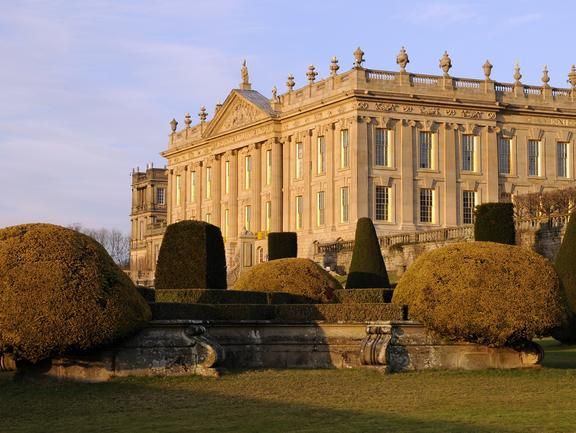
25. Somerleyton Hall, Suffolk
Somerleyton Hall is open to the public from April to SeptemberThis gorgeous Tudor palace opens to the public from April to September. It grounds feature one of Britain’s finest yew hedge mazes and a 70ft-long pergola, and it is deservedly on the list of Britain’s best stately homes.
Read more:
British book settings you can visit
Win a two-night stay in the Scottish Highlands
Your July/August 2022 issue is here!
houses and apartments of great people open to the public in Moscow
Geniuses lived here: houses and apartments of great people open to the public in Moscow- nine0004 3 9905
-
2 nine0005 4008
-
133 nine0005 157455
-
13 nine0005 48363
-
nine0005 2131
Bulgakov Museum
A photo: zen.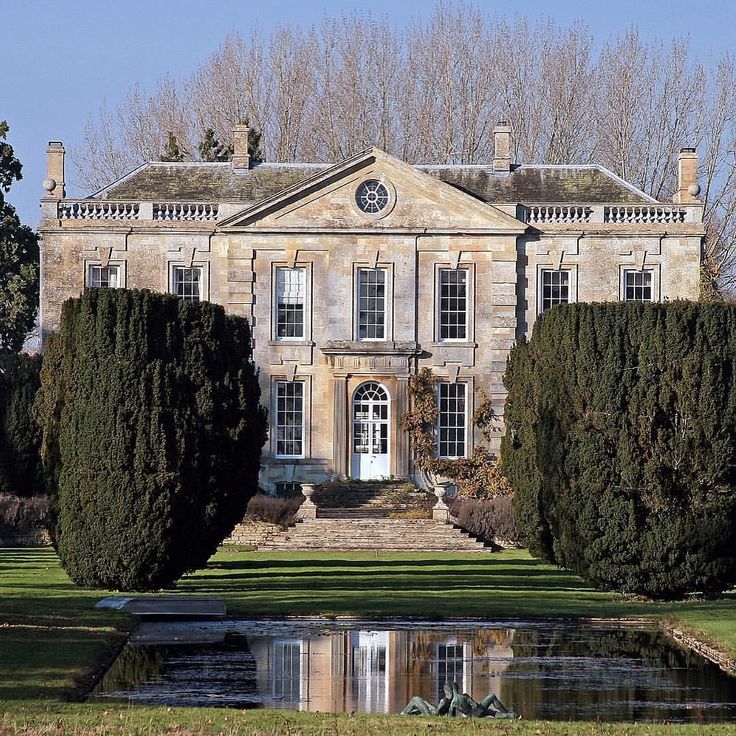 yandex.ru
yandex.ru
House Museum of Marina Tsvetaeva
A photo: tournavigator.net nine0009
Pushkin Memorial Apartment
A photo: maripoppins.ru
House-Museum of Korolev
A photo: yandex.ru
Vysotsky's house on Taganka
A photo: dorognoe.ru nine0009
Stanislavsky House-Museum
A photo: kudamoscow. ru
ru
Andrei Bely Memorial Apartment
A photo: zen.yandex.ru
Unusual concerts in the Peter and Paul Cathedral. 12+
Jazz, medieval and classical organ music. Advertising. IP Romanenko Oleg Ivanovich. TIN 771471613250
See schedule
Memorial apartment of Alexander Sergeevich Pushkin 6+ nine0080
Pushkin and his wife Natalya Goncharova lived in a small and bright house on the Old Arbat for a little over four months, but that was enough to leave a memory for centuries.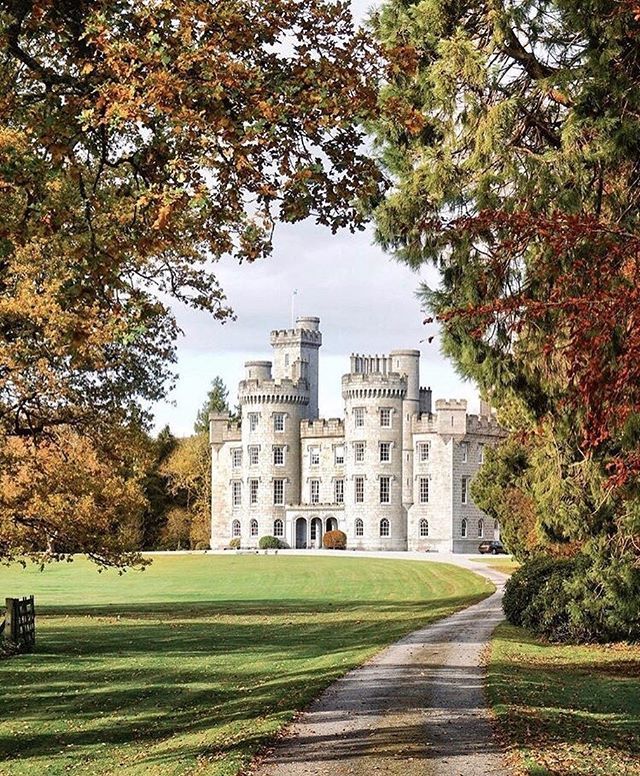 Museum staff tried to accurately convey that atmosphere. On the ground floor, you can get acquainted with the architectural appearance of Moscow in the 19th century, see materials about Pushkin's relationship with publishers and other writers, and even find out how the bachelor party went, who was at the wedding, and what documents the young people signed. On the second floor there is a hall where Pushkin and Goncharova held the first family ball, and a room for young spouses. nine0009
Museum staff tried to accurately convey that atmosphere. On the ground floor, you can get acquainted with the architectural appearance of Moscow in the 19th century, see materials about Pushkin's relationship with publishers and other writers, and even find out how the bachelor party went, who was at the wedding, and what documents the young people signed. On the second floor there is a hall where Pushkin and Goncharova held the first family ball, and a room for young spouses. nine0009
Memorial apartment of Andrey Bely 6+ nine0080
Not far from the Pushkin Museum, literally around the corner, there is another famous memorial apartment where Boris Bugaev (the real name of the father of Russian symbolism Andrei Bely) was born.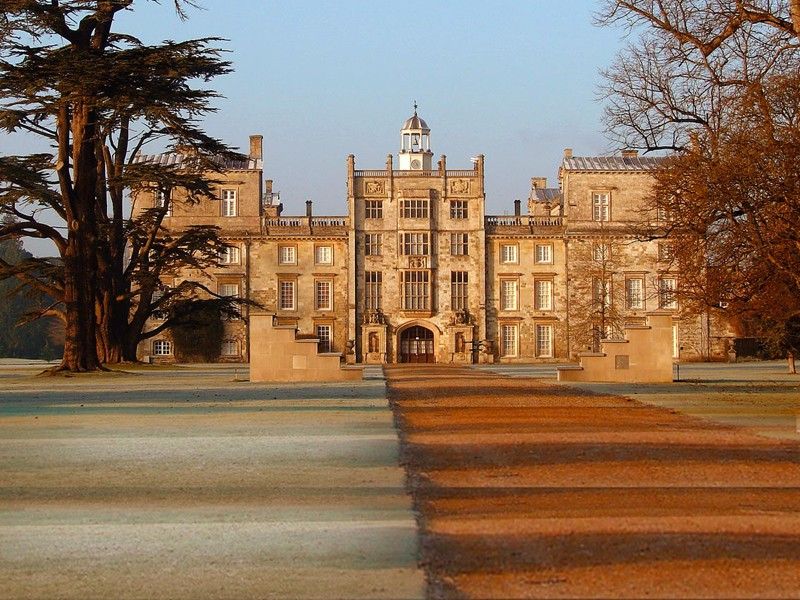 The poet and critic spent his childhood, school and student years here. Many symbolists, among whom were Dmitry Merezhkovsky, Valery Bryusov and Zinaida Gippius, often visited the neighbors of the Bugaevs, and friendship with them predetermined the future fate of the poet. By the way, the pseudonym Andrei Bely also appeared within these walls. nine0009
The poet and critic spent his childhood, school and student years here. Many symbolists, among whom were Dmitry Merezhkovsky, Valery Bryusov and Zinaida Gippius, often visited the neighbors of the Bugaevs, and friendship with them predetermined the future fate of the poet. By the way, the pseudonym Andrei Bely also appeared within these walls. nine0009
Museum of Vasily Pushkin 6+ nine0080
A cozy wooden mansion appeared on Staraya Basmannaya Street in 1819, and a memorial plaque on the façade says that Alexander Pushkin has been here.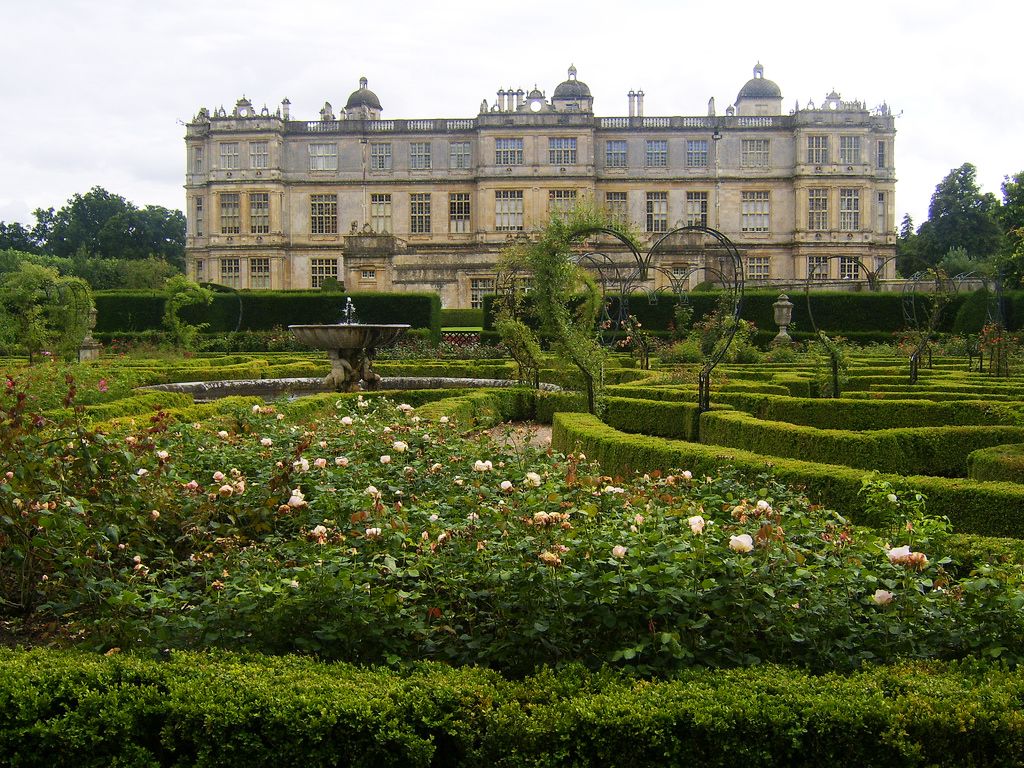 The building was built to be rented out, and the great poet's uncle, Vasily Lvovich Pushkin, lived here from 1822 to 1830. Alexander Sergeevich loved his uncle, he repeatedly visited this house, and it was here that he came after his exile in 1826. The layout and interiors of that time have been restored in the museum; visitors can see authentic items of the 19th century - paintings, silver cutlery, furniture, children's toys. nine0009
The building was built to be rented out, and the great poet's uncle, Vasily Lvovich Pushkin, lived here from 1822 to 1830. Alexander Sergeevich loved his uncle, he repeatedly visited this house, and it was here that he came after his exile in 1826. The layout and interiors of that time have been restored in the museum; visitors can see authentic items of the 19th century - paintings, silver cutlery, furniture, children's toys. nine0009
Bulgakov Museum ("Bad Apartment") 12+ nine0080
"Bad apartment" was opened on Bolshaya Sadovaya in 2007.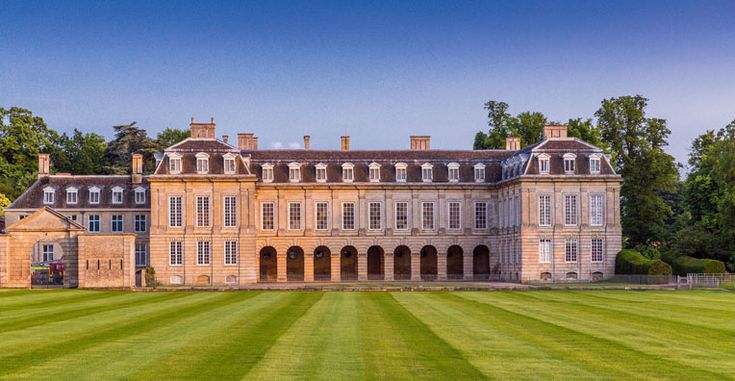 It is this address that appears in the novel The Master and Margarita, and Bulgakov himself lived here at one time. Today, Bulgakov’s heroes are already welcoming guests in the courtyard of the museum: not far from the entrance are the figures of Behemoth and Koroviev, and inside the visitors are waiting for a wardrobe with old bags, hangers and hooks, a Blue office with a secretary, behind which the author wrote the famous novel, Bulgakov’s room with a unique atmosphere, as well as the kitchen, which has become an inexhaustible source of images for the writer. nine0009
It is this address that appears in the novel The Master and Margarita, and Bulgakov himself lived here at one time. Today, Bulgakov’s heroes are already welcoming guests in the courtyard of the museum: not far from the entrance are the figures of Behemoth and Koroviev, and inside the visitors are waiting for a wardrobe with old bags, hangers and hooks, a Blue office with a secretary, behind which the author wrote the famous novel, Bulgakov’s room with a unique atmosphere, as well as the kitchen, which has become an inexhaustible source of images for the writer. nine0009
Museum-apartment of Gleb Krzhizhanovsky 6+ nine0080
The memorial apartment of Academician Gleb Krzhizhanovsky is located in a 19th-century merchant's mansion with Art Nouveau interiors.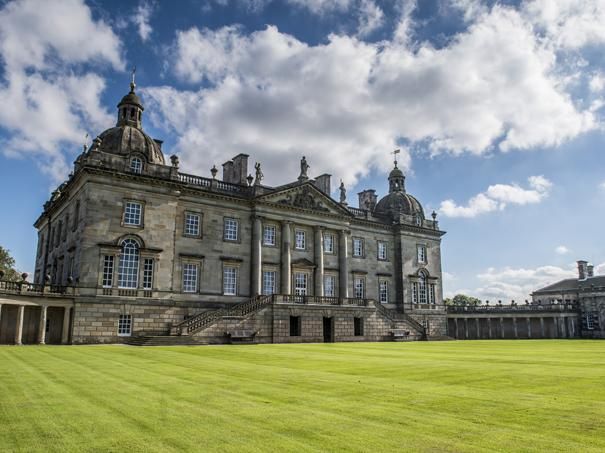 Here the scientist lived and worked from 1913 to 1959, held meetings with Vladimir Lenin on the project of electrification of Russia. Among the exhibits in the original interiors of the museum-apartment of the vice-president of the USSR Academy of Sciences are furniture, household items, personal belongings of a power engineer and archival documents: a chest for household items, outerwear, a briefcase and canes.
Here the scientist lived and worked from 1913 to 1959, held meetings with Vladimir Lenin on the project of electrification of Russia. Among the exhibits in the original interiors of the museum-apartment of the vice-president of the USSR Academy of Sciences are furniture, household items, personal belongings of a power engineer and archival documents: a chest for household items, outerwear, a briefcase and canes.
House of Burganov nine0080
The creations of the sculptor Alexander Burganov can be seen in various cities of Russia and abroad, and in major museums around the world.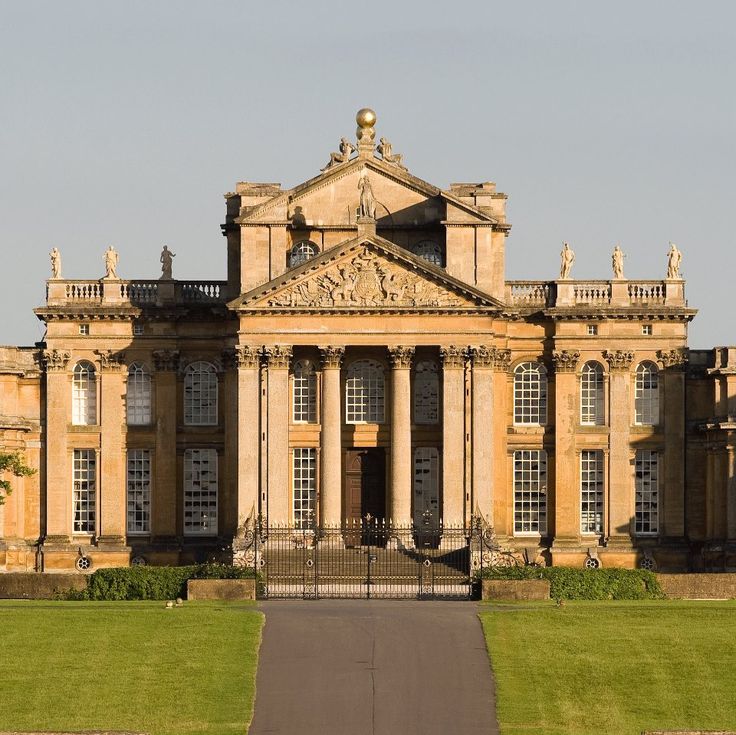 But the museum "Burganov's House" is one. The sculptor independently created an architectural and artistic composition and a special scenography for the space of the building. Inside, in addition to the exhibition of his works, there is a creative workshop where masterpieces continue to be born. It is in it that it will be best to feel the world of the artist and the atmosphere in which his creations appear.
But the museum "Burganov's House" is one. The sculptor independently created an architectural and artistic composition and a special scenography for the space of the building. Inside, in addition to the exhibition of his works, there is a creative workshop where masterpieces continue to be born. It is in it that it will be best to feel the world of the artist and the atmosphere in which his creations appear.
House Museum of Marina Tsvetaeva 0+ nine0080
The house where the museum of Marina Tsvetaeva is located was built in 1862.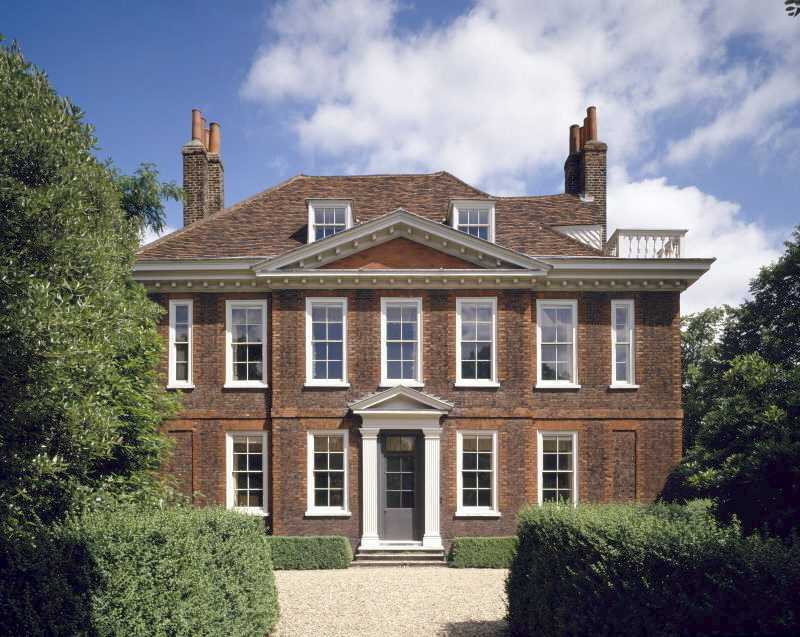 The poetess settled here with her family in 1914. After the revolution, the new authorities turned the house into a hostel, Tsvetaeva and her children huddled in the kitchen, and after the death of her youngest daughter, she went abroad. In 1979, the dilapidated building was planned to be demolished, but one of the local residents, with the help of social activists, saved the estate, turning it into the house-museum of Tsvetaeva. Here you can see books, photographs, letters and manuscripts of Marina Ivanovna, the historical interior has been restored in the living quarters. nine0009
The poetess settled here with her family in 1914. After the revolution, the new authorities turned the house into a hostel, Tsvetaeva and her children huddled in the kitchen, and after the death of her youngest daughter, she went abroad. In 1979, the dilapidated building was planned to be demolished, but one of the local residents, with the help of social activists, saved the estate, turning it into the house-museum of Tsvetaeva. Here you can see books, photographs, letters and manuscripts of Marina Ivanovna, the historical interior has been restored in the living quarters. nine0009
Memorial House-Museum of Academician Korolev 0+ nine0080
Academician Sergei Korolev received this house in 1959 from the state for the fact that under his leadership the first artificial Earth satellite overcame gravity. He lived here until his death, and nine years later a memorial museum was opened in the mansion. The exposition was based on a collection donated by the academician's widow: Korolev's student notes, autographed books by famous writers, family photos and portraits, paintings donated by artists. An important part of the exposition is documentary archives, some of which were declassified relatively recently. nine0009
He lived here until his death, and nine years later a memorial museum was opened in the mansion. The exposition was based on a collection donated by the academician's widow: Korolev's student notes, autographed books by famous writers, family photos and portraits, paintings donated by artists. An important part of the exposition is documentary archives, some of which were declassified relatively recently. nine0009
Scriabin Memorial Museum 0+ nine0080
The creator of light music spent the last years of his life in Moscow on Nikolopeskovsky Lane, where today the museum named after him is located.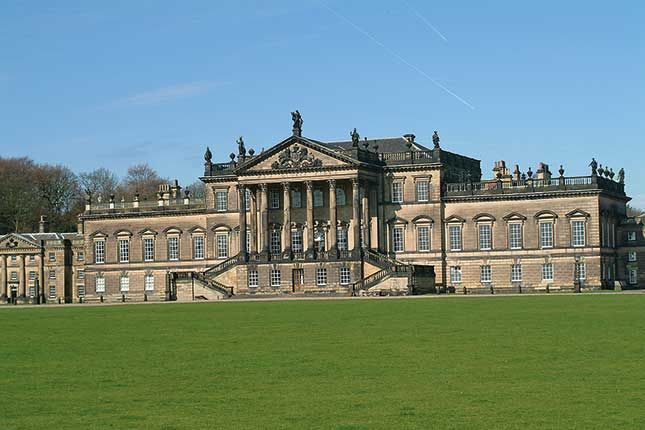 The composer was friends with many famous people, so Mikhail Bulgakov, Nikolai Berdyaev, Boris Pasternak and Vsevolod Meyerhold visited his house at different times. In this house, the pianist created three symphonies for piano and orchestra, "The Poem of Ecstasy" and "Prometheus". Of greatest interest in the museum is the musician's office with unique exhibits: a Bechstein piano, a library, and a color-light apparatus invented by Scriabin. nine0009
The composer was friends with many famous people, so Mikhail Bulgakov, Nikolai Berdyaev, Boris Pasternak and Vsevolod Meyerhold visited his house at different times. In this house, the pianist created three symphonies for piano and orchestra, "The Poem of Ecstasy" and "Prometheus". Of greatest interest in the museum is the musician's office with unique exhibits: a Bechstein piano, a library, and a color-light apparatus invented by Scriabin. nine0009
Museum-workshop of Dmitry Nalbandyan 6+ nine0080
In 1956, Dmitry Nalbandyan moved to an apartment on Tverskaya (then it was Gorky Street).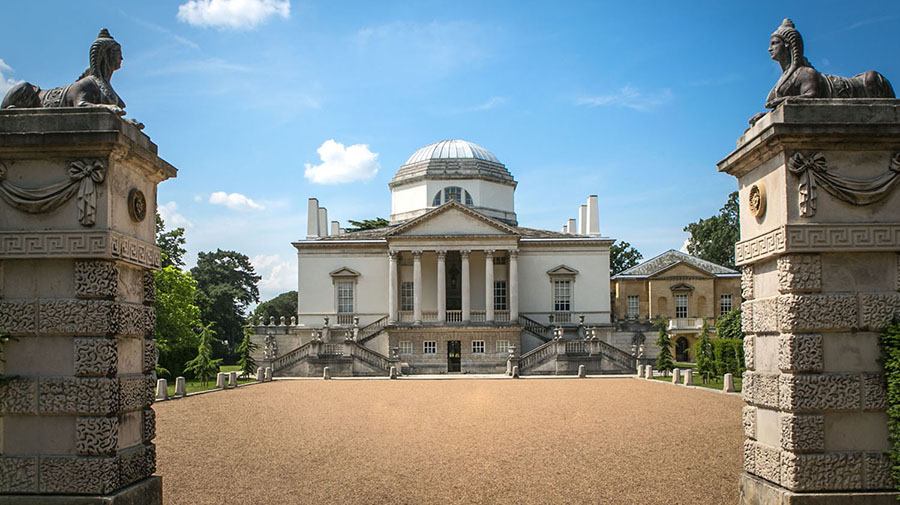 Demyan Bedny, Ilya Ehrenburg and Mikhail Romm lived in the same house, the workshops of the Kukryniksy, Nikolai Zhukov, Fyodor Konstantinov and other artists were located here. Today, the memorial museum named after him recreates the space of life and creativity in the Soviet era. The collection of the museum-workshop contains more than 1,500 works by Nalbandyan: paintings, sketches, drawings and photographs.
Demyan Bedny, Ilya Ehrenburg and Mikhail Romm lived in the same house, the workshops of the Kukryniksy, Nikolai Zhukov, Fyodor Konstantinov and other artists were located here. Today, the memorial museum named after him recreates the space of life and creativity in the Soviet era. The collection of the museum-workshop contains more than 1,500 works by Nalbandyan: paintings, sketches, drawings and photographs.
Vysotsky's house on Taganka 0+ nine0080
After the death of Vladimir Vysotsky, it turned out that his fans had a huge number of unique photographs, records and impressions from personal meetings with him.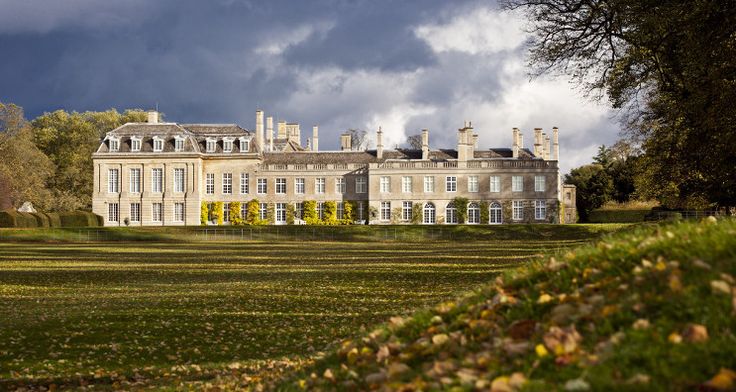 The Taganka Theater was simply inundated with letters from the artist's fans. An initiative group was created, which took up the opening of the future museum, and in 1992 it was finally opened. Today, the Vysotsky House is a whole cultural and scientific center, where more than 1000 exhibits are exhibited and educational and cultural events take place regularly. nine0009
The Taganka Theater was simply inundated with letters from the artist's fans. An initiative group was created, which took up the opening of the future museum, and in 1992 it was finally opened. Today, the Vysotsky House is a whole cultural and scientific center, where more than 1000 exhibits are exhibited and educational and cultural events take place regularly. nine0009
House Museum of Konstantin Stanislavsky 0+ nine0080
The great theatrical figure lived and worked for 17 years in the house in Leontievsky Lane, where the house-museum of Konstantin Stanislavsky is now located. Stanislavsky and his wife occupied the second floor of the mansion, which was divided into the Opera Studio and the residential part with a bedroom, a dining room and an office. In the Opera Hall, the director staged "Eugene Onegin", in the bedroom he wrote books of reflection, and in the office he held rehearsals with the actors. During the restoration, everything was restored as if Stanislavsky still lives in the apartment: pay attention to the old parquet, painted ceilings, majestic plafonds and a creaky wooden staircase. nine0009
Stanislavsky and his wife occupied the second floor of the mansion, which was divided into the Opera Studio and the residential part with a bedroom, a dining room and an office. In the Opera Hall, the director staged "Eugene Onegin", in the bedroom he wrote books of reflection, and in the office he held rehearsals with the actors. During the restoration, everything was restored as if Stanislavsky still lives in the apartment: pay attention to the old parquet, painted ceilings, majestic plafonds and a creaky wooden staircase. nine0009
Museum "Tchaikovsky and Moscow" 6+ nine0080
Pyotr Ilyich Tchaikovsky lived in this house from September 1872 to November 1873.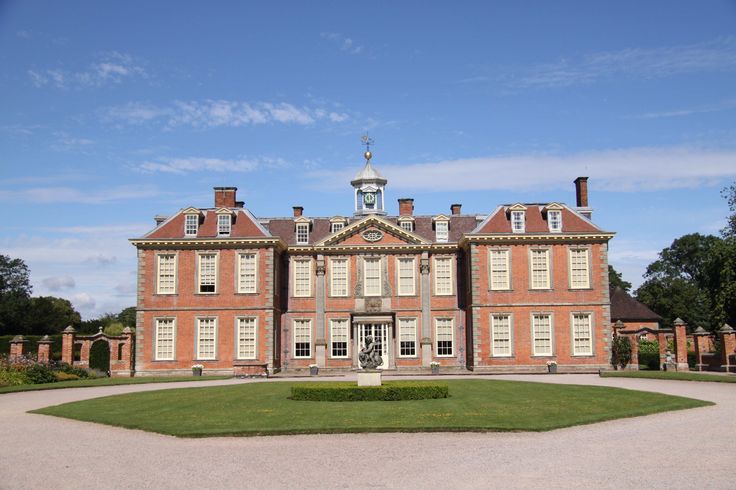 The Russian capital appears in the name of the museum, because it was the Moscow period that became decisive in the fate of the master. At this time, his creative personality developed, he met friends and like-minded people. The museum exposition is based on personal belongings and photographs of the musician, engravings, lithographs, graphics, drawings, cartoons and letters. Guests can also see autographs, musical scores and literary manuscripts.
The Russian capital appears in the name of the museum, because it was the Moscow period that became decisive in the fate of the master. At this time, his creative personality developed, he met friends and like-minded people. The museum exposition is based on personal belongings and photographs of the musician, engravings, lithographs, graphics, drawings, cartoons and letters. Guests can also see autographs, musical scores and literary manuscripts.
Museum-apartment of Dostoevsky 0+ nine0080
One of the first metropolitan literary museums appeared in Moscow in 1928, and its opening was timed to coincide with the next birthday of the writer.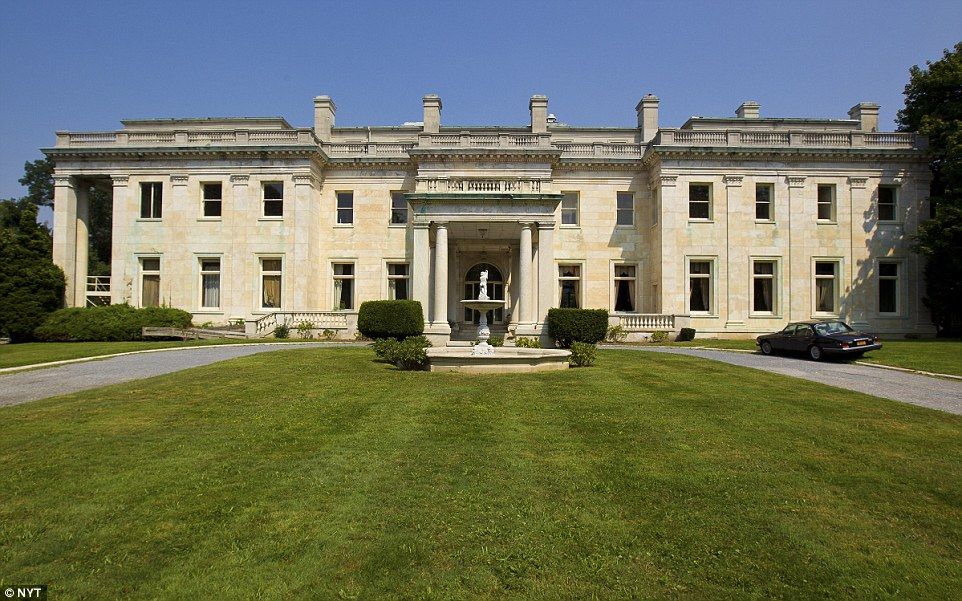 The museum is located in the wing of the former Mariinsky hospital: an apartment was equipped there, where Dostoevsky spent his childhood. The interior of the museum was recreated according to the memoirs of the younger brother Fyodor Mikhailovich. Among the memorial items you can see bronze candelabra, portraits, a bookcase and a sofa table, a Gospel donated by the wives of the Decembrists, business cards, an ink set and much more. nine0009
The museum is located in the wing of the former Mariinsky hospital: an apartment was equipped there, where Dostoevsky spent his childhood. The interior of the museum was recreated according to the memoirs of the younger brother Fyodor Mikhailovich. Among the memorial items you can see bronze candelabra, portraits, a bookcase and a sofa table, a Gospel donated by the wives of the Decembrists, business cards, an ink set and much more. nine0009
Solzhenitsyn's Apartment Museum 12+ nine0080
Nobel Prize winner Alexander Isayevich Solzhenitsyn became the first person to tell the world in detail about Stalin's Gulag.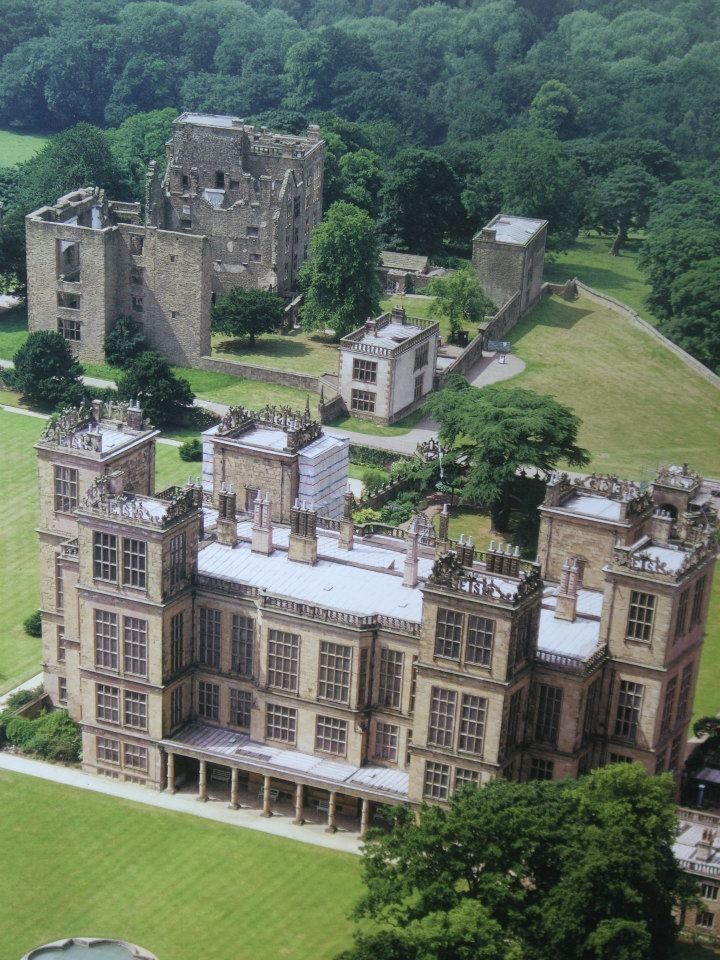 The three-volume novel The Gulag Archipelago was published in France in 1973 and became an important event in world culture and history. In December 2018, the memorial apartment of the writer was opened in Moscow.
The three-volume novel The Gulag Archipelago was published in France in 1973 and became an important event in world culture and history. In December 2018, the memorial apartment of the writer was opened in Moscow.
Museum-apartment of Galina Ulanova 0+ nine0073 Temporarily closed for renovation
The ballerina has lived in the house on Kotelnicheskaya embankment since 1986. After her death, the interior of the room remained virtually untouched. Favorite things, photographs, paintings, porcelain, cute knick-knacks, furniture, gifts from friends and admirers - everything here is exactly as it was during the life of Galina Sergeevna.
After her death, the interior of the room remained virtually untouched. Favorite things, photographs, paintings, porcelain, cute knick-knacks, furniture, gifts from friends and admirers - everything here is exactly as it was during the life of Galina Sergeevna.
Museum-apartment of Pluchek 0+ nine0073 Temporarily closed for renovation
Memorial items, personalized items, gifts, books - exhibits provide an opportunity to get acquainted with the life and productions of a talented director, whose works entered the history of Russian theatrical art.
Museum-apartment of Alexei Tolstoy 0+ nine0080
The museum displays the collection of Alexei Tolstoy, which includes paintings, applied arts and furniture.
st. Spiridonovka, 2, building 1If you find a typo or error, select the text fragment containing it and press Ctrl + ↵
Select mailing list: nine0009
By clicking on the "Subscribe" button, you agree to the transfer and processing of the provided personal information in accordance with the terms of the Privacy Policy.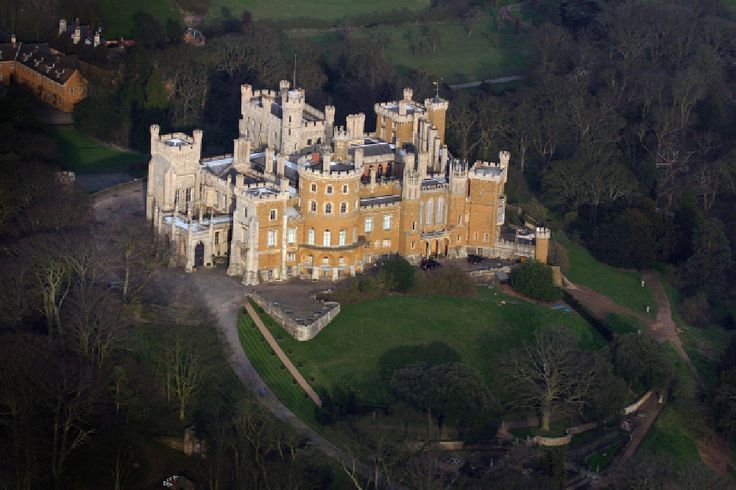
Subscribed
Thank you!
15 historical buildings of Moscow worth visiting
For several years I have been working on the Moscow. Details" - I talk about everything secret, outgoing and Moscow and share unusual places and architectural finds. Among the buildings that I write about, there are instances where everyone interested in architecture should visit at least once in their life. nine0009
Denis Bychkov
knows Moscow in detail
Below are 15 of about two hundred such objects: visit them with the help of this material.
By tradition, all addresses from the article are on the map: keep it for yourself when you are going on a tour of architectural treasures.
Send this card to yourself in Telegram or share with friends.
Send a card to Telegram
Skyscraper on Kotelnicheskaya
Briefly : the famous Stalinist skyscraper, part of which was built before the war
Address : Kotelnicheskaya embankment, 1/15
A bit of history.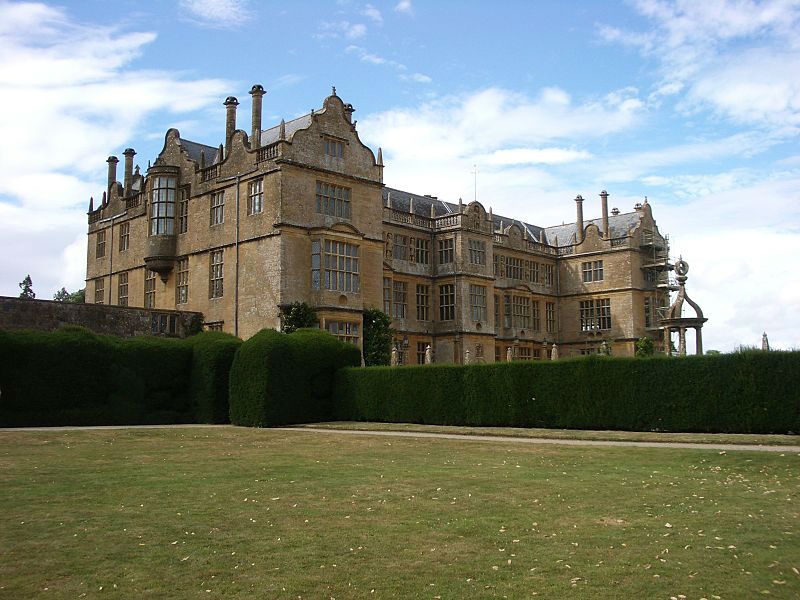 One of the seven Stalin skyscrapers that were built in the early 50s. It has an important difference from the rest of the "sisters": the building that stands along the Moskva River was built in 1938, almost 15 years before the skyscraper itself was erected. By the 800th anniversary of Moscow, two more buildings were added to it - as a result, a single architectural complex "High-rise on Kotelnicheskaya" was obtained.
One of the seven Stalin skyscrapers that were built in the early 50s. It has an important difference from the rest of the "sisters": the building that stands along the Moskva River was built in 1938, almost 15 years before the skyscraper itself was erected. By the 800th anniversary of Moscow, two more buildings were added to it - as a result, a single architectural complex "High-rise on Kotelnicheskaya" was obtained.
Why you should visit here. See the majestic interiors of the hall of the main building and the best view of Zaryadye and Red Square. Feel the dusty atmosphere of an elite Soviet residential building, which is still preserved there.
How to get inside. At the entrance there is access control, but you can get inside as part of an excursion to the museum-apartment of the ballerina Galina Ulanova: it is located in the same main tower building with a beautiful hall. At the time of this writing, the museum is closed for technical reasons, the opening will be announced on the website.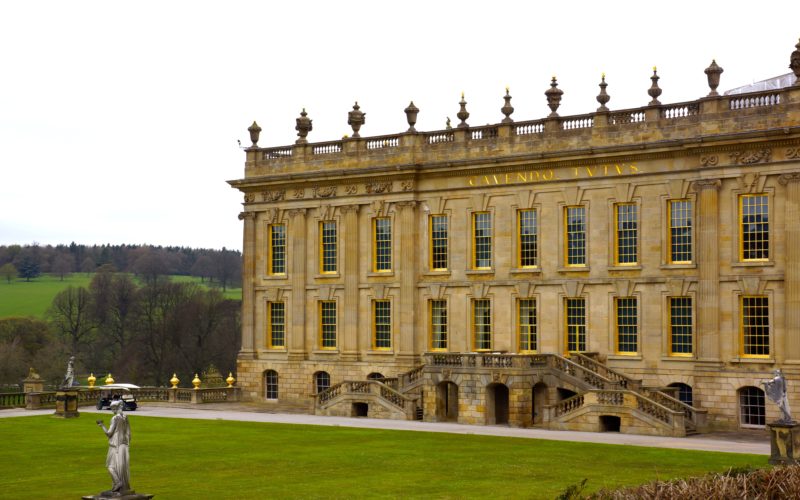 There is also an option to rent an inexpensive apartment in this house - sometimes such options pop up on rental sites. Or ask to visit someone. nine0009
There is also an option to rent an inexpensive apartment in this house - sometimes such options pop up on rental sites. Or ask to visit someone. nine0009
State power station No. 1 named after. P. G. Smidovich
Briefly : the largest industrial facility in the very center of Moscow
Address : Raushskaya embankment, 10
A bit of history. This station is one of the oldest operating power stations in the country. It is included in the UNESCO World Heritage List as a unique monument of industrial architecture. One of the authors of the project is Honored Architect Ivan Zholtovsky. HPP-1 was put into operation in 1897 year. For comparison: HPP-2 nearby is of similar architectural value, but has already ceased operations, and is now being rebuilt into a cultural center.
Why you should visit here. Even if you are not touched by the giant machine rooms and the panoramic views of the Moscow River and Zaryadye from their windows, it is hard to remain indifferent looking at the glass facade of HPP-1, which overlooks the courtyard and is practically invisible due to the high fences of this regime object. nine0009
nine0009
How to get inside. Occasionally, excursions are held on the territory of HPP-1, you should find out about them at Mosenergo. The tour is the only chance to get inside if you don't work there.
The building of the club-restaurant Powerhouse Moscow
Briefly : parties with advanced electronics in the interiors of an old mansion with wooden carvings
Address : st. Goncharnaya, 7/4
A bit of history. This is a classic old Moscow house with a semi-basement stone plinth and a residential second floor, which is decorated with wooden carvings. The building was built in 1899 year according to the project of the architect V. G. Sretensky. In Soviet times, this house was occupied by administrative offices, and in 2013 it was rented to set up a nightclub, a restaurant and a Powerhouse Moscow recording studio.
Why you should visit here. Dance and drink in the interiors of a real old Moscow house.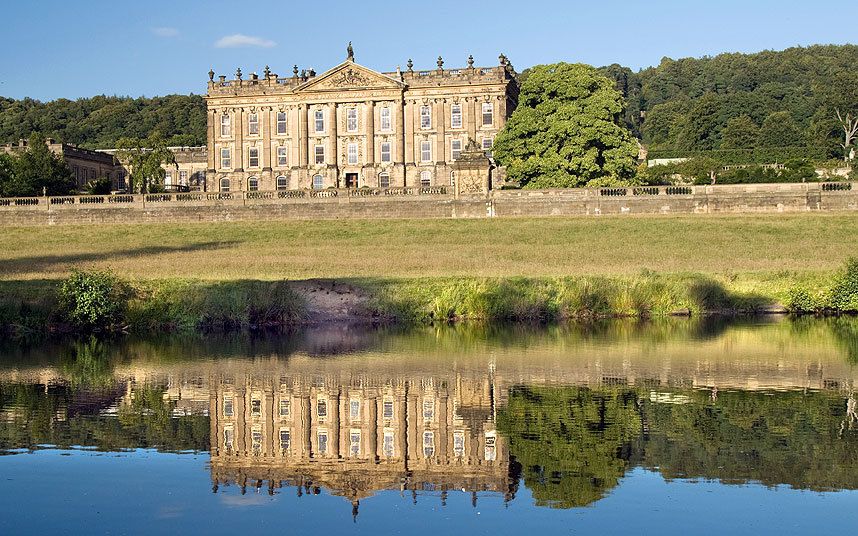 Sit with a cocktail at one of the windows, looking at the quiet old Goncharnaya and realizing that over the past hundred years the landscape on the street has hardly changed. nine0009
Sit with a cocktail at one of the windows, looking at the quiet old Goncharnaya and realizing that over the past hundred years the landscape on the street has hardly changed. nine0009
How to get inside. Come to a concert or party, or pop in for lunch in the afternoon.
Paleontological Museum. Yu.A. Profsoyuznaya, 123
A bit of history. The history of the museum began under Peter the Great, and the construction of the modern building began in 1972. It took so long to build it that the first visitors saw the exposition only at 1987 year. The museum is built of red brick on a giant wasteland and with its forms it cites an old fortress with four towers.
Why you should visit here. The building is interesting to look at both outside and inside. The museum has good Soviet interiors and exhibition halls with bewitching names like "Cenozoic Mammals". It's worth it to come to a remote area of Moscow between the Konkovo and Tyoply Stan metro stations.
How to get inside. nine0261 Familiarize yourself with the schedule of the museum and find time to visit it.
Central House of Scientists of the Russian Academy of Sciences
Briefly : total gilding and the smell of cutlets
Address : st. Prechistenka, 16/2
A bit of history. A beautiful mansion, in which neoclassicism and modernism are mixed, appeared on bourgeois Prechistenka in 1910. A few years after the revolution of 1917, a club of the Moscow scientific community was opened in it. The House of Scientists, which miraculously survived the turbulent 1990s, is still here: with bard concerts, medicine seller forums, and cheap old-school cafes and canteens. nine0009
Why you should visit here. Beautiful historical interiors are diluted with completely wild restoration with abundant gilding on every free centimeter and coarse paintings by the current director of the institution.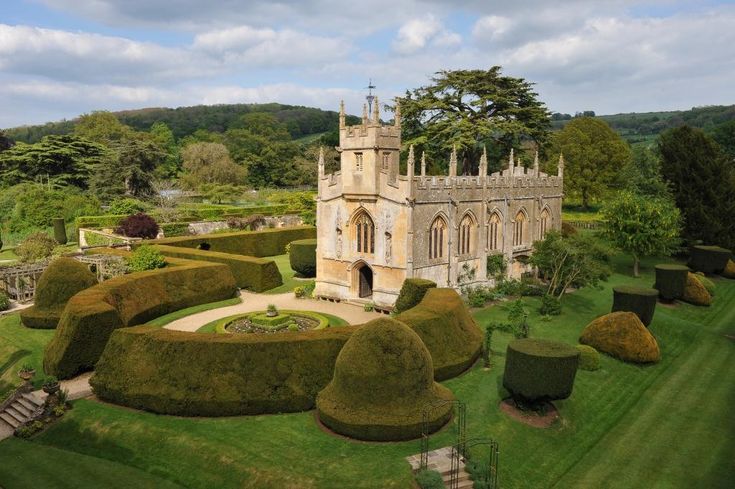 In combination with cognac on tap, cheap dinners and sweets that are sold here by the piece, this is an unthinkable picture and unforgettable experience.
In combination with cognac on tap, cheap dinners and sweets that are sold here by the piece, this is an unthinkable picture and unforgettable experience.
How to get inside. You can come here freely almost always: to a canteen or cafe, to a concert of regular chthonic bards or to a lecture. nine0009
ZIL Cultural Center
Briefly : bright constructivism with children's circles and the festival "Pain"
Address : st. Vostochnaya, 4k1
A bit of history. This architectural monument was designed by the venerable architects the Vesnin brothers in the mid-1930s. One of the expressive examples of typical "leisure" spaces for the working people of the USSR, during the creation of which the authors were guided by the principles of Le Corbusier. In the mid-60s, the interiors were reconstructed, but the modern ZIL KC is still beautiful and stately and remains a popular place for filming movies and TV shows. nine0009
nine0009
Why you should visit here. Look at the huge showcase windows, which offer a beautiful view of the veranda of the building, and spiral staircases. Just take a walk inside the important monument of Soviet constructivism.
How to get inside. Entrance to the building is free. The poster is published on the website.
Ryabushinsky's mansion
Briefly : Gorky, Patriki, modern
Address Malaya Nikitskaya, 6/2
A bit of history. The city estate of entrepreneur Stepan Ryabushinsky was designed by architect Fyodor Shekhtel. The mansion and its outbuildings were erected in 1903, but Ryabushinsky did not live there for long: in 1917 he emigrated. After the revolution, the building first housed Soviet institutions, and from 1931 until his death, the writer Maxim Gorky lived there. Since the mid-60s, Gorky's museum-apartment has been operating in the former mansion.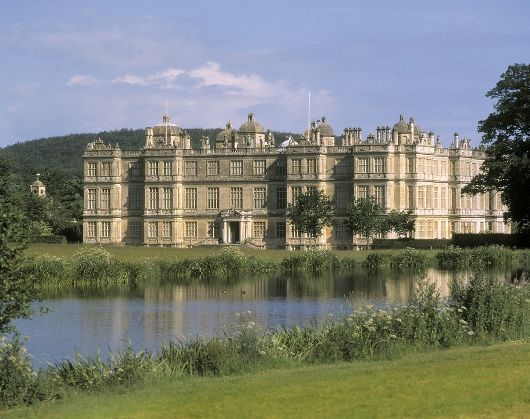
Why you should visit here. nine0261 The main object of admiration is the undulating and very Instagrammable staircase that flows from the first floor to the second. The exposition of the museum itself is also in order: antique furniture and literary household items.
How to get inside. Buy a ticket and explore the interiors of the mansion and its museum exposition from and to: it won't take much time.
Arma's gas tanks
Briefly : gas storage towers "exploded" with creative office space
Address : Nizhny Susalny Lane, 5
A bit of history. Many believe that these four giant gas tanks were built today inside a trendy office center. But this is not so: they have been standing here since 1865 - from the construction of a gas plant. Until the 1940s, gas was stored in the towers, then the plant was redesigned for the production of rocket nozzles and gas meters. Now this expressive complex of ancient industrial architecture has received a new life.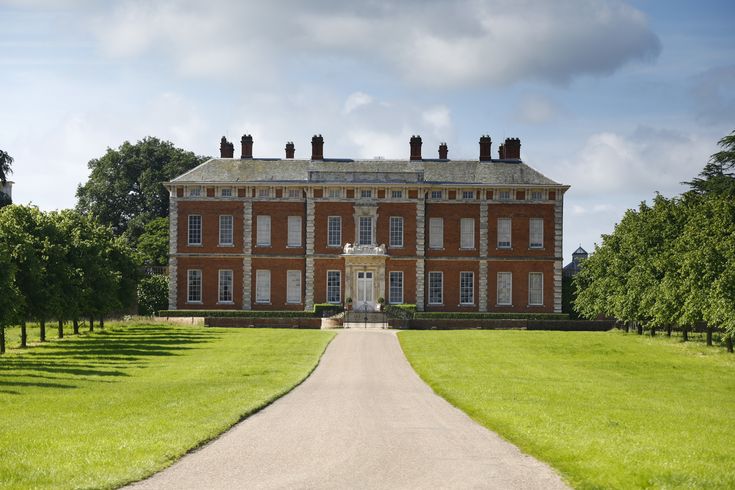 By the way, "Arma" is not a historical name: this is how the enterprise began to be called only in 1997 year. Previously, the place was called Kobylskaya Sloboda.
By the way, "Arma" is not a historical name: this is how the enterprise began to be called only in 1997 year. Previously, the place was called Kobylskaya Sloboda.
Why you should visit here. Try to imagine a time when all this fashionable space was filled with gas.
How to get inside. Visit friends who have an office in one of the four former gas tanks.
Building of the Centrosoyuz
Briefly : the only building in Russia built with the participation of Le Corbusier
Address : st. Myasnitskaya, 39с1
A bit of history. In the mid-1920s, the Soviet authorities announced a competition for the construction of a gigantic office building in the center of Moscow. The project of the French architect Le Corbusier, already well-known at that time, won. He implemented it together with his brother Pierre Jeanneret and Soviet specialist Nikolai Colli. During the construction process, Corbusier refused to continue work, but the building was nevertheless erected. It became a classic and a prime example of the Five Points of Modern Architecture, principles published by Corbusier in a French magazine in 1927 years.
During the construction process, Corbusier refused to continue work, but the building was nevertheless erected. It became a classic and a prime example of the Five Points of Modern Architecture, principles published by Corbusier in a French magazine in 1927 years.
Why you should visit here. See ramps without steps and the paternoster elevator that moved continuously: now it is not working, but it has not been dismantled. Make sure that the same “five starting points of architecture” are observed here.
How to get inside. Recently, the leadership of the Federal State Statistics Service - namely, this institution now occupies the building - allowed excursions to be held here. So now there is a chance to see inside this striking example of avant-garde architecture of the 20s and 30s. You can sign up for one of the excursions offered by various tour agencies. nine0009
Dominion Tower
Briefly : the only building of Zaha Hadid in Moscow
Address : st.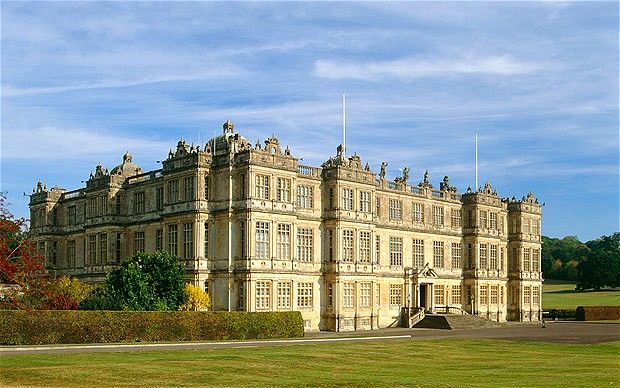 Sharikopodshipnikovskaya, 5с1
Sharikopodshipnikovskaya, 5с1
A bit of history. Phenomenal for Moscow in terms of choosing a contractor for a long-term construction, the project of which was handled by Zaha Hadid and her architectural bureau. The construction of the Dominion Tower business center began in 2008, and ended only seven years later due to the permanent financial crisis. As a result, Moscow received an outstanding example of modern architecture at an international level, even if a number of critics reproach the project for being somewhat clichéd and ideologically tired. nine0009
Why you should visit here. Inside is the monochromatic and absolute space characteristic of Zaha's projects. The syncopated rhythm of surfaces, the severity and holiness of the dazzling combination of white and black. A spaceship shot down by partisans of the South Port District of the capital.
How to get inside. Out of the corner of your eye you can see the interiors of the atrium right at the security post. To study everything in more detail, you will have to find a way to get a pass to one of the commercial companies or government agencies renting premises there. nine0009
To study everything in more detail, you will have to find a way to get a pass to one of the commercial companies or government agencies renting premises there. nine0009
Electrozavod building
Briefly : Gothic factory
Address : st. Elektrozavodskaya, 21s1
A bit of history. Initially, this was not a factory for the production of transformers and batteries, but a factory that produced rubber and rubber products. It was built in 1915. According to the plan of the architect G.P. Evlanov, the project was more majestic - he planned a lot more Gothic elements and towers, but everything was rejected by the revolution 1917 years old. At first, this beautiful castle was occupied by the Metalist and Prozhektor enterprises, and in 1928, the Moscow Electric Plant named after V. V. Kuibyshev was formed in the workshops of the building. The barely smoldering electrical production is preserved in the new building of the building to this day, but most of the historic building is rented out for offices, yoga studios and galleries.
Why you should visit here. Inside there are gigantic echoing corridors, which always lack lighting, and amazing structures made of incandescent lamps, invented and installed here back in Soviet times. nine0009
How to get inside. Fit into one of the studios or galleries whose owners rent space in the main historical building. Don't forget your passport: the guards won't let you in without it.
Printing House on Nikolskaya
Briefly : Moscow Middle Ages
Address : st. Nikolskaya, 15с1
A bit of history. The conditionally “new” part of the Printing House was erected in 1815 according to the project of architects Alexei Bakarev and Ivan Mironovsky. The facade of the building overlooks the tourist Nikolskaya street. Everyone saw the new part: the Historical and Archival Institute of the RSUH is located inside. In the courtyard of the university, the ancient part of the Court: the 16th-century teremok is the correct (from “make changes”) chamber, and at its base there are even more ancient buildings.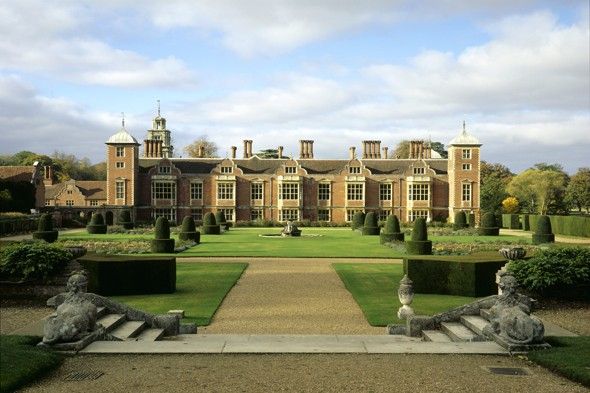 This antiquity is not seen by tourists walking literally 20 meters along the noisy Nikolskaya street. nine0009
This antiquity is not seen by tourists walking literally 20 meters along the noisy Nikolskaya street. nine0009
Why you should visit here. To find yourself in a building that is the real ancient Moscow. There is also a super bonus: right from this chamber, you can go to the surviving original fragment of the wall of Kitai-Gorod and take a walk along its ancient brick battlements.
How to get inside. Enter any faculty of the Russian State Humanitarian University and go through the student department or sign up for an excursion, which is sometimes organized by the university administration.
Plant of Moskabelmet group of companies
Briefly : an old factory in Lefortovo, concealing a surprise
Address : st. 2nd Cable, 2с5
A bit of history. History, though impressive, is not the most attractive side of this gigantic industrial enterprise in Lefortovo. The building of the plant was built back in 1878, it was originally called the "Partnership for the operation of electricity by M.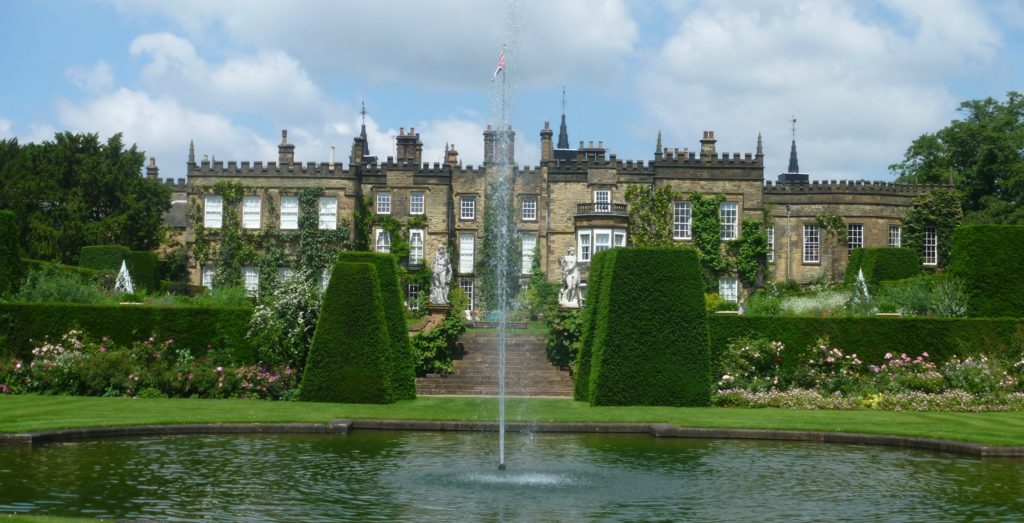 M. Podobedov and Co." In the era of the USSR, the plant did not change the industry, only the names. There is nothing particularly historically remarkable in the territory today, but ...
M. Podobedov and Co." In the era of the USSR, the plant did not change the industry, only the names. There is nothing particularly historically remarkable in the territory today, but ...
Why you should visit here. A few years ago, the workers of the enterprise made and installed on the territory of the plant a tall, 10 meters, copy of the Eiffel Tower. This graceful Frenchwoman looks incredibly inspiring against the backdrop of the gloomy giant workshops of the plant: every lover of sharp art sensations should see this.
How to get inside. Arrange with the PR department of the enterprise or come up with an excuse to visit one of the tenants renting premises at the plant. nine0009
Museum of Naive Art in Novogireev
Briefly : Lubok on the walls of a rich country cottage of the 19th century
Address : Union Avenue, 15a
A bit of history. There is nothing unusual about the location of this modernist stone mansion in the middle of the typical residential area of Novogireevo. Before the revolution, the area was an analogue of the modern Rublyovka - a country residence of wealthy citizens. This building, built at the beginning of the 20th century, is a former dacha. After the revolution, it was occupied by a kindergarten, a pharmacy, and many others, and from 19In 1998, the Museum of Russian Lubok and Naive Art (Dacha exhibition center) settled in its premises.
Before the revolution, the area was an analogue of the modern Rublyovka - a country residence of wealthy citizens. This building, built at the beginning of the 20th century, is a former dacha. After the revolution, it was occupied by a kindergarten, a pharmacy, and many others, and from 19In 1998, the Museum of Russian Lubok and Naive Art (Dacha exhibition center) settled in its premises.
Why you should visit here. Take a walk around the territory and visit inside not just an old dacha, but a rich country mansion that looked like an extremely advanced building at the beginning of the 20th century. Well, the museum itself is very nice.
How to get inside. Study the schedule of the museum and come to see its exposition.
House of architect Melnikov
Briefly : world famous private house in the center of Moscow
Address : Krivoarbatsky pereulok, 10
A bit of history.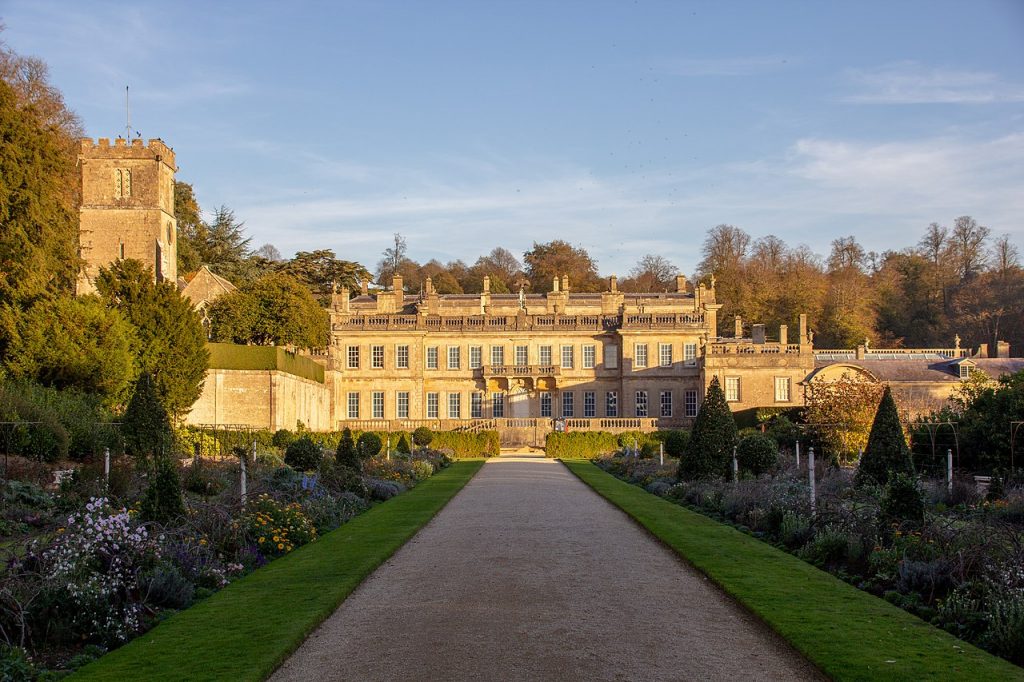 One of the most avant-garde buildings in Moscow and the country as a whole, known to architecture lovers around the world. This house was designed and built by the architect Konstantin Melnikov for himself and his family in 1929; one of its purposes is an art workshop. Until recently, his descendants lived in the house, and now there is a public house-museum of the author of the world-famous Gosplan garage, the House of Culture. Rusakov and a number of other outstanding buildings of the Russian architectural avant-garde. nine0009
One of the most avant-garde buildings in Moscow and the country as a whole, known to architecture lovers around the world. This house was designed and built by the architect Konstantin Melnikov for himself and his family in 1929; one of its purposes is an art workshop. Until recently, his descendants lived in the house, and now there is a public house-museum of the author of the world-famous Gosplan garage, the House of Culture. Rusakov and a number of other outstanding buildings of the Russian architectural avant-garde. nine0009
Why you should visit here. To visit this cylindrical building with honeycomb windows is similar to visiting other masterpieces of world architecture, such as the house of the architect Alvar Aalto in Helsinki or Le Corbusier's Villa Savoy in Poissy, France.
How to get inside. Please be patient and try to book a tour of this building. Get ready to wait a long time for such an opportunity: there are a lot of applicants.
